As far as I can tell, the iPhone 13 Pro Max is possibly the biggest camera upgrade on an iPhone in quite some time. You get:
- A larger 1.9-micron pixel size sensor on the main Wide camera. Plus, a very fast f/1.5 aperture lens. Apple claims 2.2x improved light sensitivity.
- The ultrawide camera has a faster lens too; going up from f/2.4 to f/1.8. Apple claims the wider lens can take in 92% more light. And, there’s phase detection on the ultrawide now letting you go closer and shoot macros. You can shoot subjects as close as just 2cm away.
- The telephoto can go even closer with 3x optical zoom — or a focal length of 77mm — now, as opposed to 2.5x on the iPhone 12 Pro Max. You also get support for Night Mode shooting now, extending the features across the entire camera stack.
- Apple will support ProRes video recording in an update before the year ends.
- There’s a new Cinematic video recording option that shoots portrait video using Apple’s computational photography chops. It can also automatically rack focus on a subject when it finds the opportunity.
- Finally, you also get Photographic Styles, which are essentially Picture Profiles that you get with professional DSLR and Mirrorless cameras.
All these upgrades do leave us wondering – is the iPhone 13 Pro Max better than the Samsung Galaxy S21 Ultra? And, how much of a difference is it from the previous generation Apple iPhone 12 Pro Max. We are going to find out exactly that in my extremely detailed camera review of the iPhone 13 Pro Max and comparison versus these phones. I’d suggest you go get yourselves some popcorn. This is going to be a long one.
Photographic Styles/Picture Profiles
Let’s start with the new features. First: Photographic Styles or Apple’s version of Picture Profiles. In the camera app, by default, you get five styles – Standard, Rich Contrast, Vibrant, Warm, and Cool. But, if you wish – you can also create your own Photographic Style by adjusting the Tone and the warmth. But, you cannot create a new one and can only edit a currently existing one. That said, I was taken aback by the fact that Apple was renaming these styles on the fly based on the altered values. Very rarely does one get to see such a level of attention to detail.
Now, once you set a Profile, you have to stick with it. It is not like a Filter where you can change a filter on the fly. Plus, you cannot edit it after you’ve taken a picture either.
One look at the samples and you can see the differences. The Rich Contrast style reminds me of the crushed shadows look of a Pixel, whereas the Cool one is a distinctly Samsung look. This is really game changing because it doesn’t destroy an image. And, photographers know that editing a pre-processed JPEG can cause loss of details. Therefore, this is the ideal way to do it. Now, Apple also claims that it does so without affecting skin tones. To a large extent it is true but sometimes the skin tones — especially Brown Indian tones — are affected slightly. Especially when you shoot with the Cool Photographic Style.
Anyway, the important point to note here is that for the rest of the comparison, we are going to use the Standard Photographic Style. Also, another disclaimer for the global audience, we’ve used the Exynos 2100 variant here and the results could vary with the Snapdragon 888 variant.
Video Cinematic Mode vs Portrait Mode
Apple’s new Cinematic mode is not just a party trick. I find it extremely well implemented for a new feature. Yes, the algorithm fails to Rack Focus at times. Yes, the edge detection is not great with inanimate objects. But, if you use it the way it is meant to be used – you can get some fantastic looking footage. And, despite all of Samsung’s valiant attempts, Samsung’s Portrait video mode is not a patch on what the iPhone 13 Pro Max with the A15 Bionic can achieve.
Just look at this footage of how the camera managed to lock focus on Mhysa as soon as my friend looked at Mhysa. And, how it managed to gradually fade back into focus on his face when he looked back at the camera. I noticed that if you are patient and manage to frame the shot in your head before you shoot, you can get a very desirable result. Plus, you can also shoot with the same Cinematic mode with the front camera.
I know a lot of folks are lamenting the fact that you can only shoot up to 1080p 30fps Cinematic Mode videos but the same is true for Samsung’s Portrait mode as well. I wish, true to the name of the mode, Apple would’ve had a 24fps option as well. But, I will take this for now. Consider me a believer.
By the way, the S21 Ultra has a feature that the iPhones don’t have and that is 8K video at 24fps. But, there’s way too much rolling shutter for you to enjoy the footage and at this moment, there’s still a very limited use case for it.
Colours
Moving on to my standard testing process, starting with colour reproduction. The standard Photographic Style captures the most accurate Reds in our first set of colour test samples. In comparison, the S21 Ultra makes it slightly pink and smears some of the colour which affects the details and fine gradation as well. You will also see that the large sensor on the S21 Ultra means that you get a very narrow focus creating a very shallow depth of field. The iPhone 12 Pro Max boosted the Red very slightly to make it look more appealing but it maintains the gradients very well.
In our second sample, you will notice that the 12 Pro Max and the 13 Pro Max look near identical. And, untrained eyes will definitely not be able to tell the difference. But yes, the 13 Pro Max is a tad bit more vibrant. Like a miniscule amount. The S21 Ultra has a fairly good JPEG colour profile too but it tends to gravitate towards the cooler side making the sky’s Blue look lighter than the other two. Plus, this is the first time you will see the S21 Ultra has a slightly wider 24mm focal length (35mm equivalent) as opposed to 26mm lenses on the main cameras of the iPhones.
Finally, in this indoor shot of a frappuccino, you can clearly tell the iPhone 13 Pro Max’s colour game is on point. Under warm indoor lighting, the camera algorithm didn’t alter the colour temperature and captured exactly what my eyes saw. The iPhone 12 Pro Max does a good job too but it adjusts the White Point on the glass of coffee slightly. The S21 Ultra just bungles up the colour temperature here and gets it all cool. Only if Samsung had the Photographic Styles feature too so I could tune it to get the temperature right.
I’d say the iPhone 13 Pro Max has an edge when it comes to accurate colour reproduction and with Photographic Styles, you get the versatility too.
Details
Coming to sensor sharpness and details, firstly the iPhone 13 Pro Max has a larger 1.9-micron pixel pitch and 1/1.65”-type sensor. This sensor is only slightly larger than the sensor on the iPhone 12 Pro Max, which has a 1.7-micron pixel pitch and a 1/1.9”-type sensor. The S21 Ultra’s massive 108MP unit has a smaller pixel pitch of 0.8-microns but it can do pixel binning to achieve 2.4-microns. But it has a slightly larger sensor size of 1/1.33”, which is tantalisingly close to 1-inch.
But, in shots captured in broad daylight, when you pixel peep and look at the 100% crop you will notice in certain areas the S21 Ultra does offer finer textures. And, to be honest, it really, really, really doesn’t matter. Anyway, take a look at the permeable pavement below the chairs, you will see the S21 Ultra is a tad sharper. Although, I reiterate. This doesn’t really matter.
Which I will prove with the second sample here. Now, when you look at a 100% crop around the Greenr Cafe area, you will see that the S21 Ultra’s sharpening algorithm tends to define file lines around the leaves on the trees and it looks very artificial. And, the iPhone 13 Pro Max’s fantastic contrast tends to define the outlines well plus it doesn’t alter the warmth and creates deep Blacks. The iPhone 12 Pro Max looks Grey-ish in comparison, whereas the S21 Ultra is slightly cool. In fact, the same is true when you zoom out and look at the picture again. The 13 Pro Max just looks way better.
High Dynamic Range
When it comes to multi-frame HDR, I can’t barely tell the difference between the three. Note that I am talking about shadow and highlight detail here and not colour reproduction, which we’ve already analysed at length and all the observations hold true here as well. Anyway, all the three phones do a fantastic job of reproducing the gorgeous gradient evening sky. Plus the detail retention in the shadows are nearly identical on all three.
However, when you pixel peep and look at a very tiny sliver of sunlight peeking through the clouds, you will notice that the Smart HDR 4 upgrade on the iPhone 13 Pro Max does a slightly better job of controlling the highlight exposure. Also, if you look at the shadow region around the stairs on the right, you will notice a lot of noise in the S21 Ultra’s sample, which is suppressed on the iPhones but by slightly softening the details. The 13 Pro Max still offers some details as opposed to the 12 Pro Max’s softer image. By the way, colour science consistency is good across the board.
Anyway, I’d say Smart HDR 4 is definitely helping but it is a minor upgrade and doesn’t bring about changes that are immediately apparent or anything.
Also Read: Samsung Galaxy S21 Ultra Review – Exynosdinary!
Ultrawide
As for the slightly upgraded Ultrawide camera on the iPhone 13 Pro Max, in daylight samples, you can’t really tell the difference. However, like most Samsung Galaxy flagships and iPhones these days, you can expect the colour science consistency to be bang on. Which it is. And, as far as details and colours and overall quality of the ultrawide goes, I’d say the iPhone 13 Pro Max does look slightly better than the iPhone 12 Pro Max owing to the better contrast. But, apart from the cool look of the S21 Ultra, the 13 Pro Max and the Ultra are matched. However, there are times when the Smart HDR algorithm fails with the iPhone 13 Pro Max. As you can see on your screen right now. I am not sure why this happens but it did happen a few times and I ended up with extremely blown out highlights. Hopefully, with further optimisation this problem will be fixed in a future update.
Macro
Thanks to the addition of PDAF, the ultrawide can do Macro now. Apple’s implementation is very similar to Samsung’s. The camera app automatically switches to the Macro mode when you close in on a subject. Yes, I know it doesn’t let you manually change it back but Apple has acknowledged this issue and is issuing a fix soon.
The iPhone 13 Pro Max can go as close as 2cm to a subject and it takes absolutely gorgeous looking shots. This is clearly the better way to do Macro. But, the S21 Ultra already does a fantastic job too. The 13 Pro Max is not like it is better on anything. But yeah, it can get slightly closer than the 21 Ultra, which is important in Macro photography. I like the results from both cameras, though.
Telephoto
The 13 Pro Max has a slightly longer 3x optical zoom or 77m focal length in comparison to the 2.5x, 64mm focal length on the 12 Pro Max. In fact, it is longer than the 72mm focal length, 3x magnification on the S21 Ultra. But, that matters the least because the S21 Ultra has a 10x periscope zoom lens which can go as long as 240mm! In our 3x samples, I found the S21 Ultra to be slightly sharper despite the better contrast on the 12 Pro Max. However, we immediately switch to the 10x magnification of the S21 Ultra and you can see that zoom is one area where Samsung is unmatched yet.
Human Subject
Moving on to Human Subject shots, you’ll see that in our non-HDR shots, the iPhone 13 Pro Max has the most accurate skin tone. The iPhone 12 Pro Max has a completely warm temperature whereas the S21 Ultra has made the whole palette cool. It’s like if I used Photographic Styles on the iPhone 13 Pro Max.
Against the light, you can see how Apple has improved the algorithm now to make the subject stand out from the background. The iPhone 12 Pro Max is slightly dark.
And, when it comes to details, all the three phones are identical. The only thing is Samsung’s JPEG tuning is on the cooler side especially when you are shooting human subjects.
Portrait
Apple and Samsung’s flagships have good portrait algorithms. I really like the faux blur that Apple’s algorithm strives to recreate. It is very similar to what DSLRs do. And, except for the fact that the iPhone 13 Pro Max can punch in slightly tighter thanks to the 3X portrait mode, I think the portraits on both the iPhones are almost identical. Plus, it is better than the S21 Ultra’s portrait mode in almost every single parameter. It offers: sharper textures, more realistic facial tones, and a cleaner edge cutout especially in the space between Shubham’s left hand and his body. I’d take the iPhone’s Portrait mode over Samsung’s in this scenario.
Selfie (HDR and Non HDR)
I’ve always loved the 40MP selfie camera on the S21 Ultra. Granted it doesn’t have a very wide lens, but it offers fantastic sharpness. And, the facial tones are close to natural too. Even in these samples, you can see the iPhone 13 Pro Max and 12 Pro Max look identical and slightly warm, but the S21 Ultra looks better. Plus the natural depth looks really good too.
In the HDR selfie, you can see how Samsung manages to control the bright exposure in the background, without making my face look too dark. Although, the new Smart HDR 4 algorithm seems to be working well here for the iPhone 13 Pro Max, because even if the background is completely blown out, at least my face has been exposed well. But yes, Samsung wins the selfie round for me.
Selfie Portrait
Same is true for the selfie portraits. While both the phones suffer from an evident orange-face syndrome, Samsung get’s the facial tones right. Plus the edge detection is better too.
Low Light Wide
I am sure a lot of folks are expecting the iPhone 13 Pro Max to blow you away with its low light performance considering all the crazy numbers that were thrown at you during the launch event. Well, the reality is slightly different. Let me explain.
So, in our first set of samples, the S21 Ultra looks the brightest of the lot. Does it mean that it is the one capturing more light? Not necessarily. What Apple likes to do with its iPhones is create a very realistic depiction of the night. And, therefore it uses the power of hardware to actually make it easier to ensure that noise levels are reduced, detail is improved, and shake is reduced owing to the fact that you can now use a faster shutter speed or a lower ISO to achieve the same image.
In this image, firstly, both the iPhones get the colour accuracy right. The S21 Ultra’s Night Mode adds to the saturation ever so slightly. Anyway, the first thing to note is the S21 Ultra shoots the ISO to 1600 to capture this image and when you zoom into any portion of the image — let’s take the laptop placed on the table for example — you will see that Samsung has used the power of the algorithm to reduce the noise but by softening the details in the process. As for the iPhone 13 Pro Max and the 12 Pro Max, you will notice that both the phones have actually used ISO 640 to capture the same image. But, the 13 Pro Max is far less noisier as a result. Technically, for years, photography always prefers this kind of performance.
In the second sample, you will see the 13 Pro Max does a fantastic job of controlling the lens flare. This has always been an issue with iPhones for the longest time. Looks like that’s not the case anymore. In fact, the S21 Ultra has lens flare and the sky is a little too Blue. Plus, take a close look at the Alto car and you will see that Samsung has soft details and some Green chromatic noise as well in the darker portions of the image. iPhone 12 Pro Max is softer and completely eliminates the light dynamics that you can see on the iPhone 13 Pro Max with the slightly warm output.
Which brings me to my final sample where you can see how the new Night Mode algo along with Smart HDR 4 does a swell job of creating the right balance between the dark portions of the image and the light to create a very appealing image. The S21 Ultra is just too bright and the 12 Pro Max picks up the shadows a little more than what my eyes saw. And, if you look at the 100% crop of the balcony, you will see the abundance of noise in the iPhone 12 Pro Max and the extremely ugly looking luminance noise on the S21 Ultra. Plus, reading the Exif data tells you the iPhone 13 Pro Max shoots the same image at a lower ISO with far less noise. Meaning, the sensor is much more capable in low light.
I know most folks will probably shrug their shoulders at these nuances but technically the iPhone 13 Pro Max has improved low light performance. And, to my eyes, it shows.
Low Light Ultrawide
In low light ultrawide samples, despite the fact that the iPhone 13 Pro Max has the widest f/1.8 aperture, Apple’s algorithm picks a low ISO of 1600 and ends up creating a cleaner readout. In comparison, the sky is noisy on both the S21 Ultra and the 12 Pro Max. But, the S21 Ultra offers sharper textures on closer inspection. And, I am sure a lot of folks would prefer this brighter look too. Depends on what kind of Night Mode you like. I prefer Apple’s approach. Because the app also lets you change the shutter speed if you want a longer exposure and a brighter image.
Low Light Telephoto
By the way, now you can do proper Night Mode with the 3x telephoto camera. And, as you can tell from the samples the iPhone 13 Pro Max and the S21 Ultra obviously look better. Plus, if you zoom in to the Blue signboard on the rear, you will see they are sharper too compared to the 12 Pro Max’s digitally cropped 2.5x sample enhanced by Night mode. I’d say it’s a tie between the S21 Ultra and the iPhone 13 Pro Max.
Low Light Selfie
I don’t know what’s wrong with Apple’s algorithm in low light Night Mode selfies on the iPhone 13 Pro Max. Not only does it go for a very long shutter, it also ends up oversaturating the reds for some reason. And, even the iPhone 12 Pro Max looks better in comparison. But, it is the Galaxy S21 Ultra that is the real MVP here. The selfie pictures look very true-to-life and good.
Video 4K 60fps Rear HDR
The thing with flagship phones these days is you can also shoot HDR videos in the best formats. The Galaxy S21 Ultra can shoot HDR 10+ videos whereas the iPhones can actually shoot Dolby Vision videos, which is mad. By the way, the HDR10+ videos that you get out of the S21 Ultra are flat videos and the editor will have to add the colour correction in post. The Dolby Vision videos on the other hand are filled with colours while recording itself. And, you can go up to 4K 60fps Dolby Vision videos as well, which is crazy. So, the iPhones take this round.
Video 4K 60fps Rear
Even when you are shooting basic videos the dynamic range performance is way better on the iPhone 13 Pro Max compared to the S21 Ultra. In fact, it is slightly better than even the previous gen 12 Pro Max. Although, the stablisation is almost on par on both the phones. I noticed some noise in the S21 Ultra’s footage and the colour science was off too. The only advantage the S21 Ultra has is the slightly better sound recording. But, the difference is almost negligible. Overall, I’d pick the iPhone 13 Pro Max followed by iPhone 12 Pro Max followed by the S21 Ultra when it comes to shooting 4K 60fps videos.
Video 4K 60fps Front
The front camera video recording in 4K 60fps, however, is great on the S21 Ultra. It offers a very good facial tone, better dynamic range performance, and a higher bit rate recording as well. Oddly, the sound is better on the iPhone this time.
However, we can solve the dynamic range problem by shooting in Dolby Vision in 4K 60fps, no less, on both the iPhones. Anyway, between the 12 Pro Max and the 13 Pro Max, I couldn’t tell any difference in video quality though.
Video 4K 60fps Ultrawide
Thankfully, the ultrawide angle camera on the S21 Ultra takes good video. The dynamic range performance is good, the details are there too, and there’s no noise either. Yes, the colour science could’ve been less cooler, for the lack of a better term, but at least it is not as bad as the primary 108MP sensor.
Video 4K 60fps Telephoto
Similar to the pictures, the quality of the telephoto video is slightly better on the S21 Ultra due to better colour science. But, there’s a rolling shutter problem on all the phones.
Video 4K 60fps Rear Low Light
When it comes to low light video, the iPhone 13 Pro Max is way better than the noisy mess of footage captured by the Samsung Galaxy S21 Ultra – whether with the main camera or the ultrawide. In fact, it offers cleaner footage compared to the iPhone 12 Pro Max as well. The f/1.8 aperture lets in more light offering nearly noise-free footage.
Conclusion
I’ve spent a lot of time talking about our individual testing scenarios. So, I will keep the conclusion short and simple. If you have an iPhone 12 Pro Max, or if you are planning on buying one because you are getting a good deal, then the camera performance on the iPhone 13 Pro Max is not a huge leap for you to want the new phone. But yes, technically the iPhone 13 Pro Max is a better shooter.
Now, between the iPhone 13 Pro Max and the Galaxy S21 Ultra Apple takes the lead in MySmartPrice testing. It offers better colour reproduction, cleaner low light performance, way better videos, and a fun new Cinematic mode.
The Galaxy S21 Ultra, on the other hand, has the better selfie shooter and telephoto camera. But, then again, the SD888 variant of the S21 Ultra could be slightly better due to better ISP. However, since I haven’t tested it I can’t tell for sure.
So, is the iPhone 13 Pro Max the best smartphone camera in the world? I’d say, let’s wait for the Pixel 6 Pro. And then, we shall also bring the Mi 11 Ultra (Review) in the mix to come to a definitive conclusion.
The post iPhone 13 Pro Max vs iPhone 12 Pro Max vs Galaxy S21 Ultra Camera Comparison Test and Review appeared first on MySmartPrice.
from MySmartPrice https://ift.tt/3ib2CKt
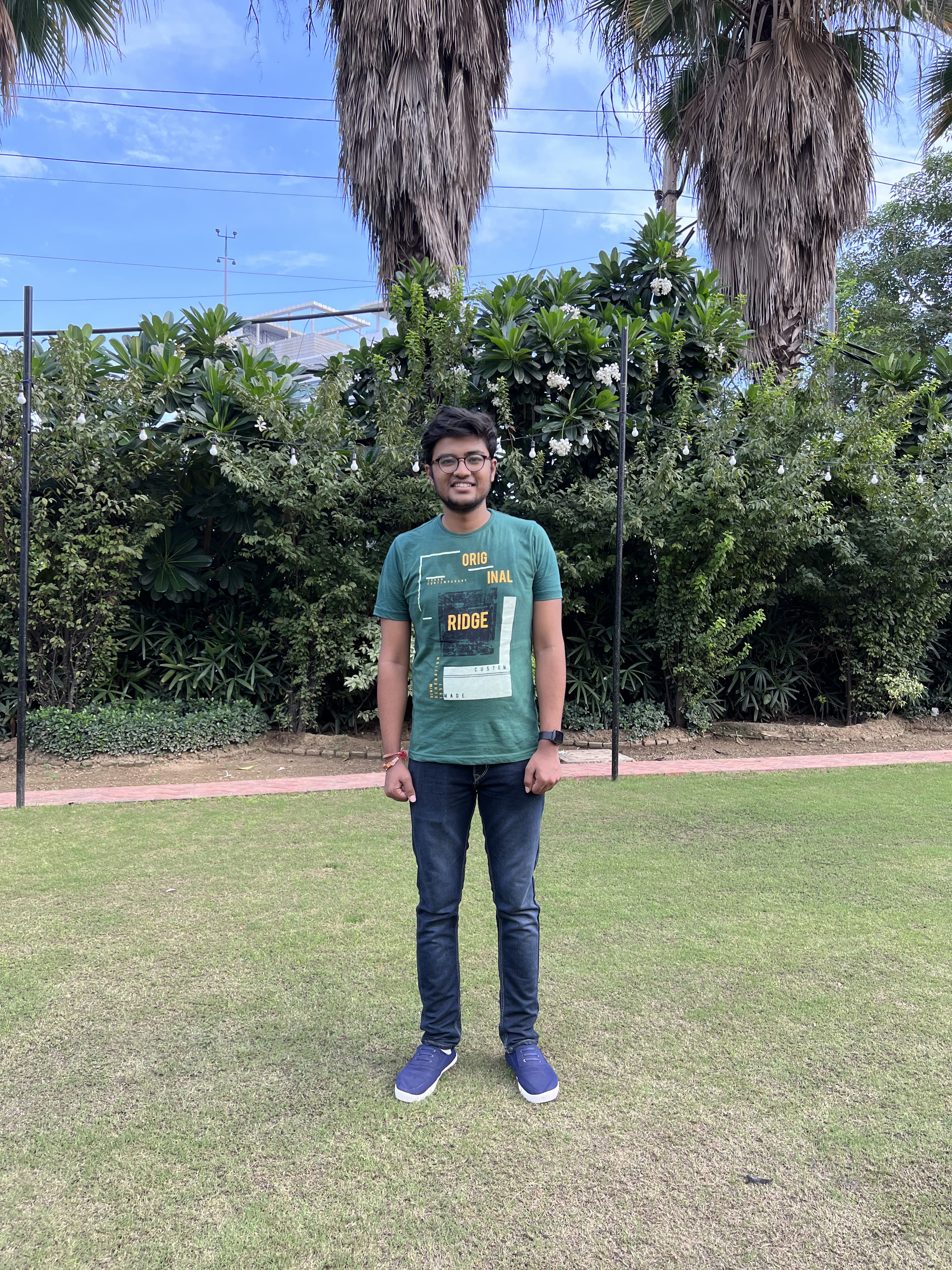
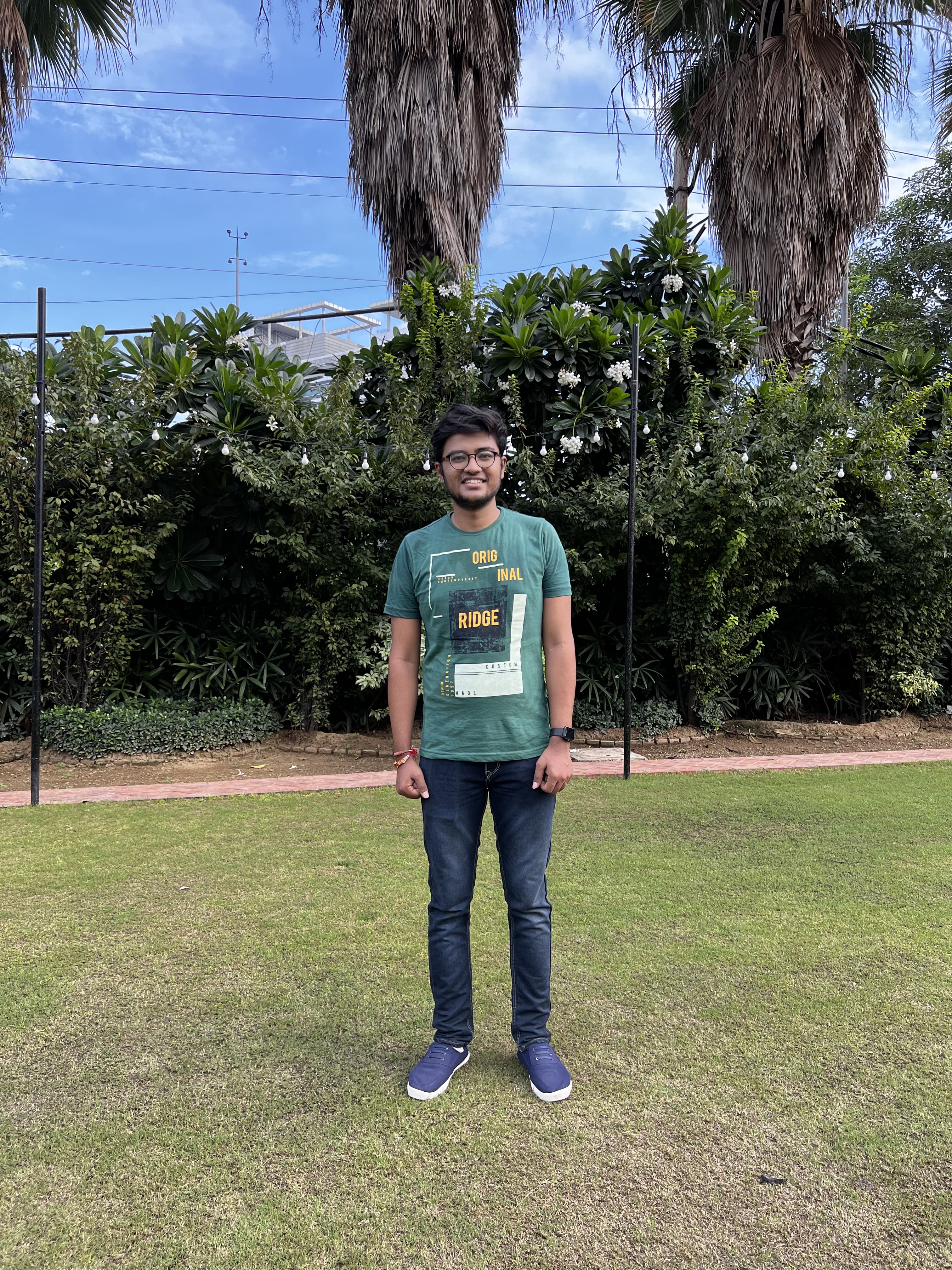

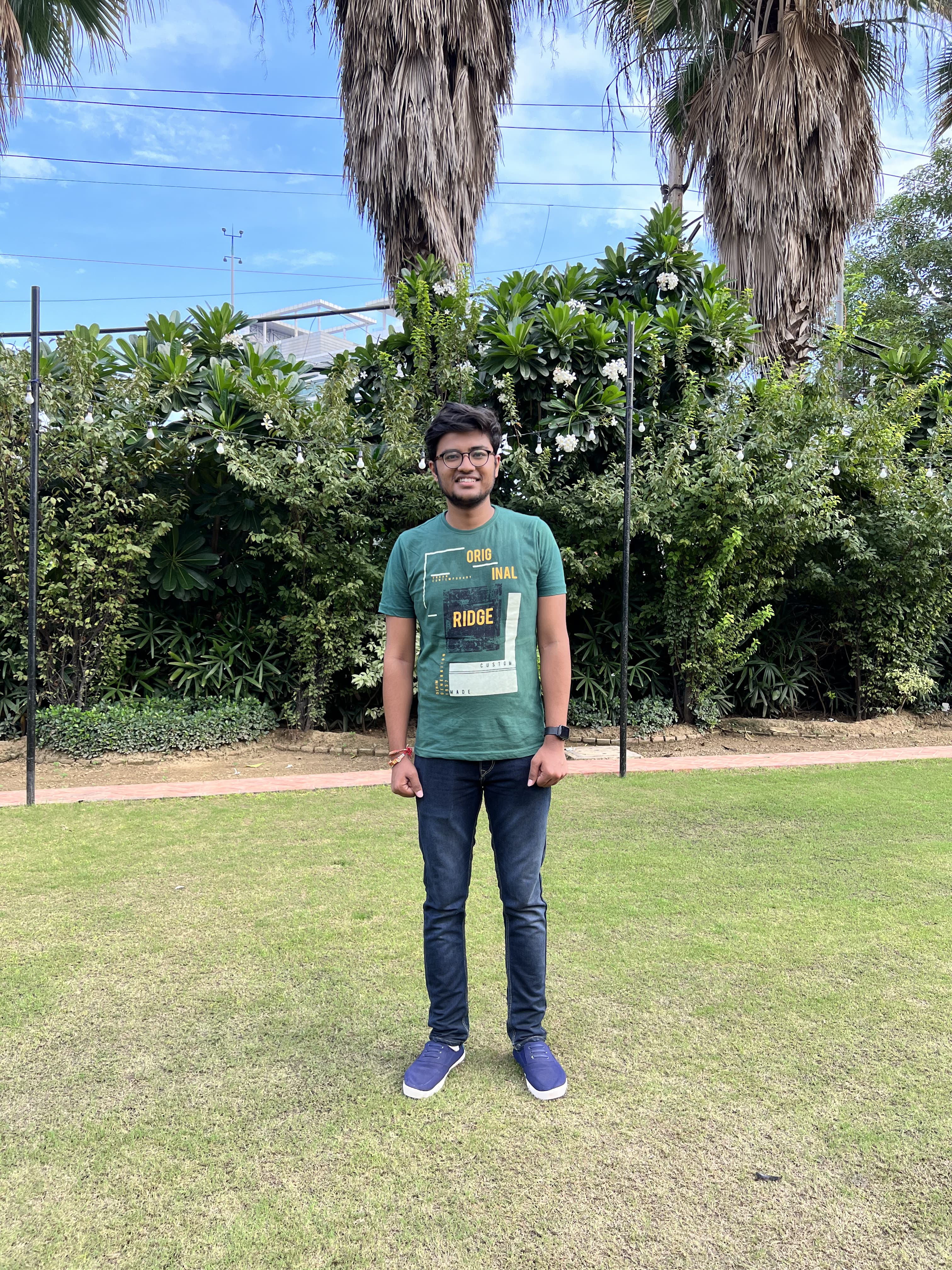



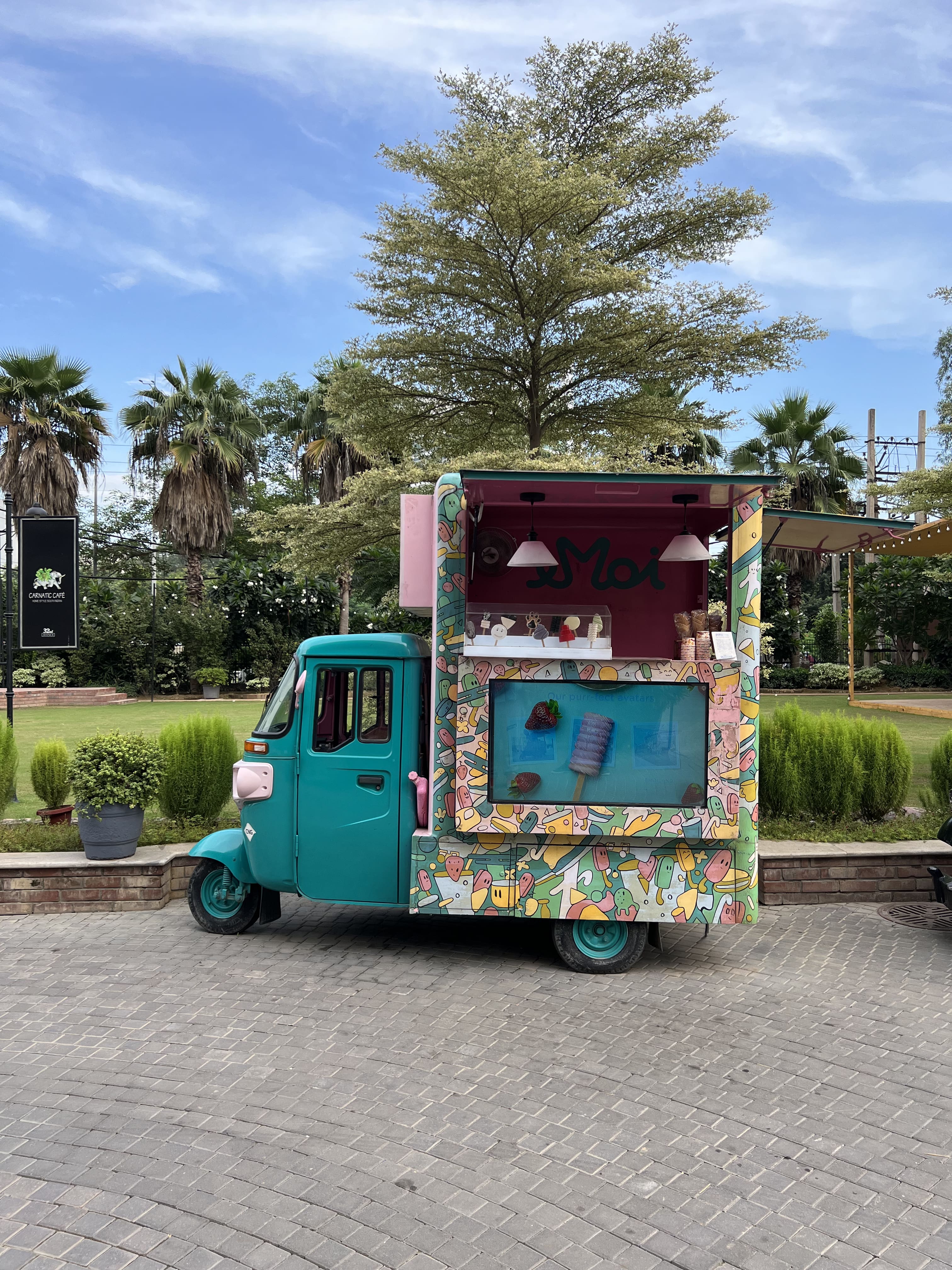
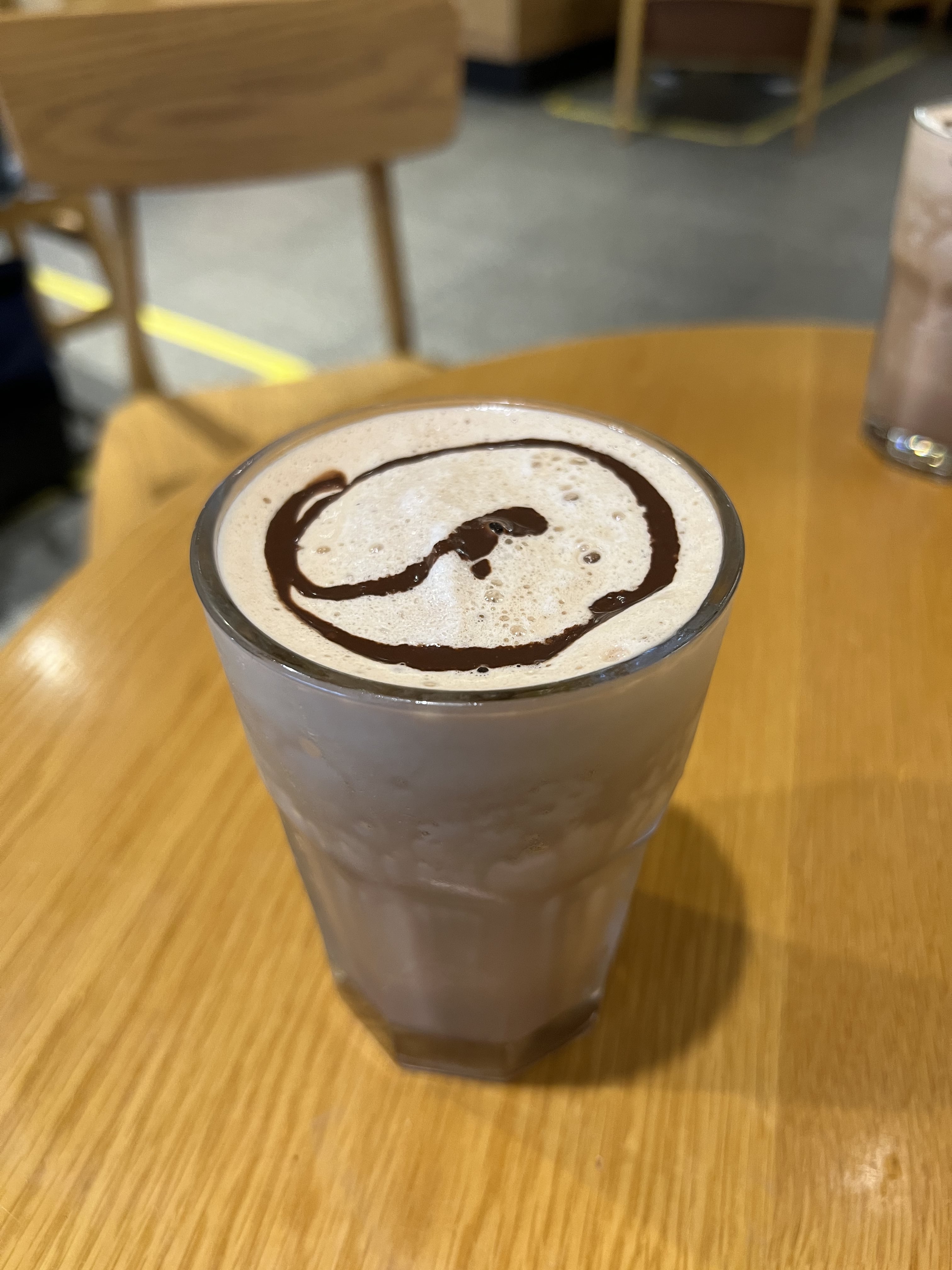
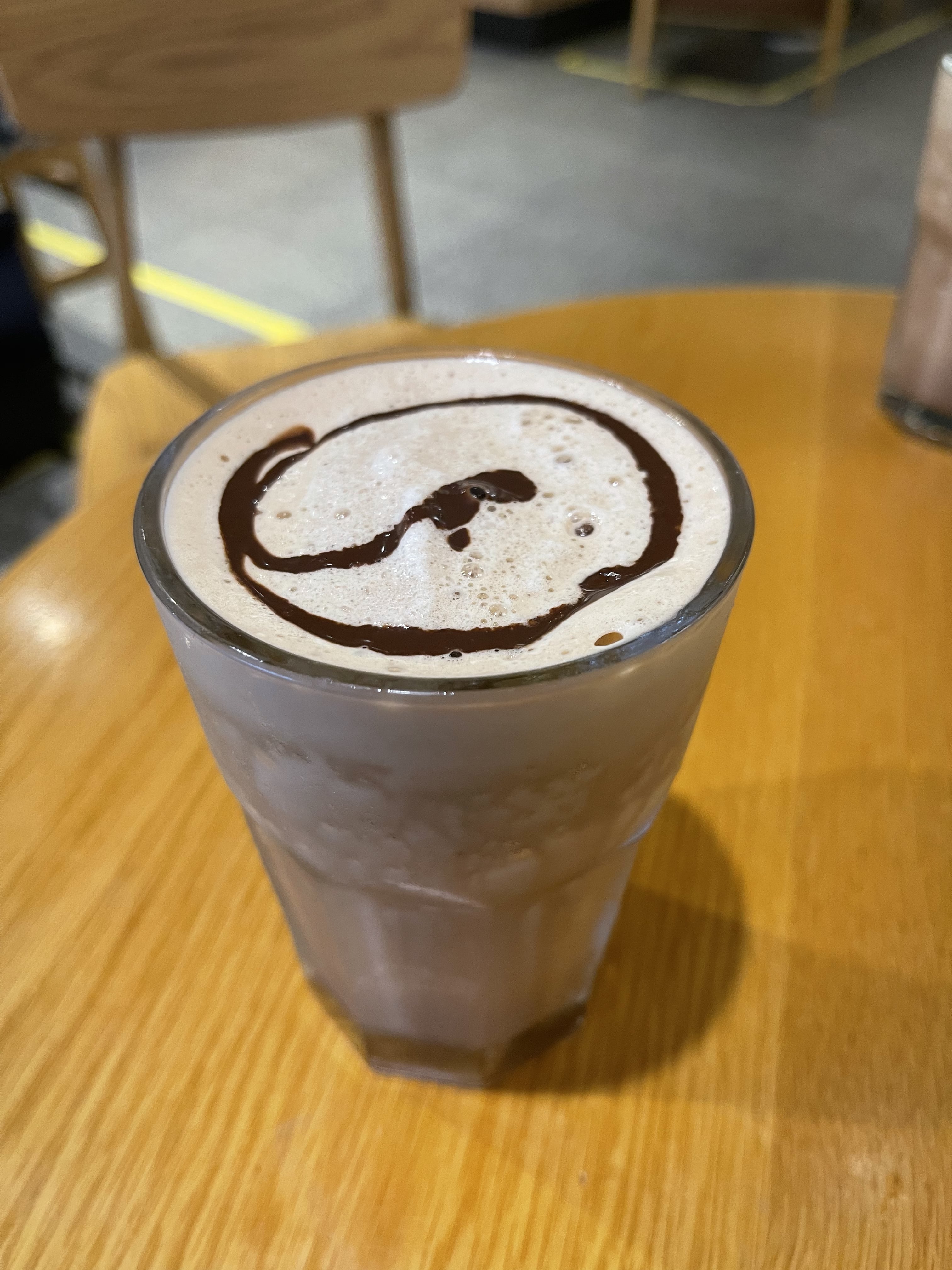

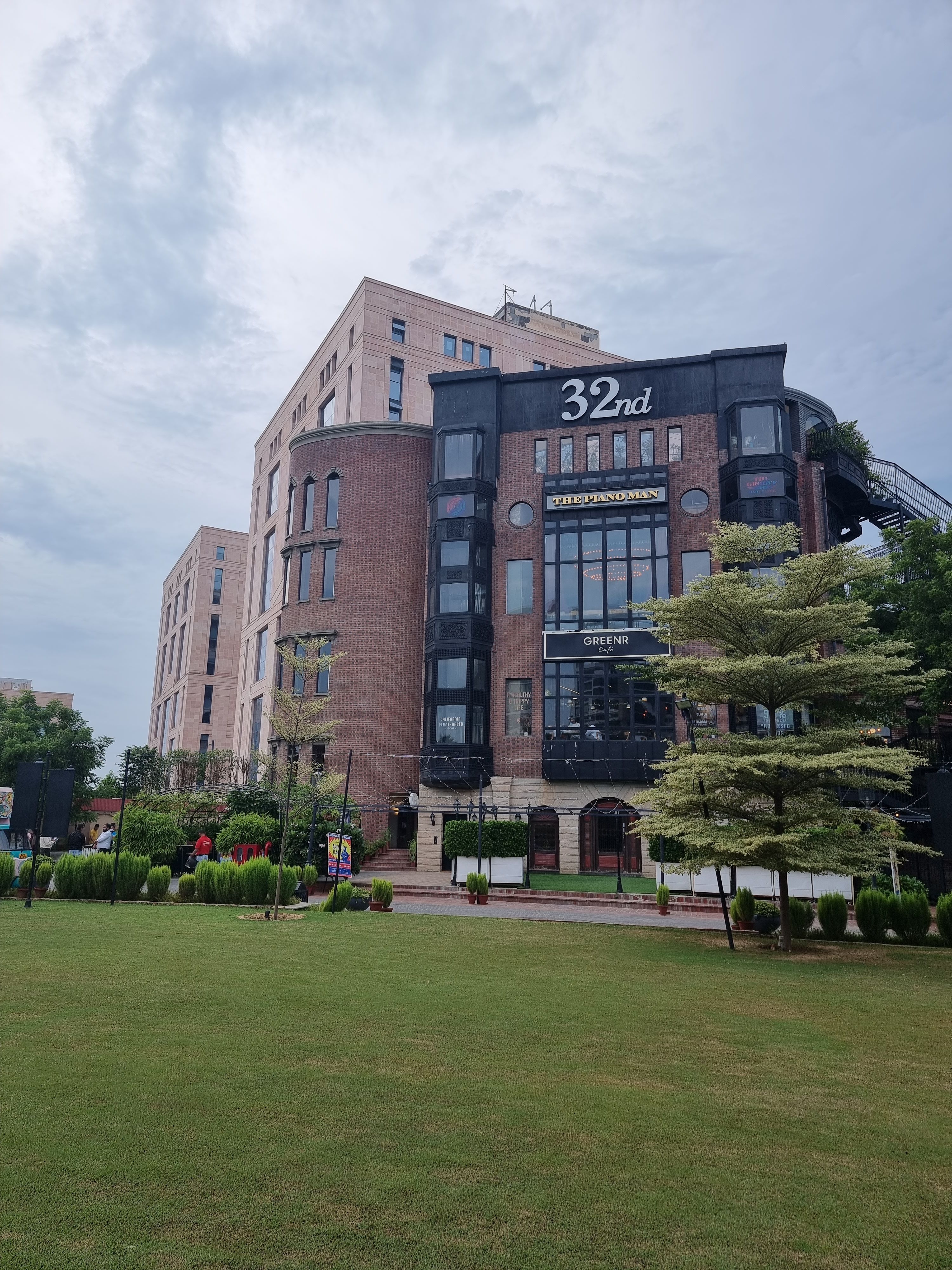
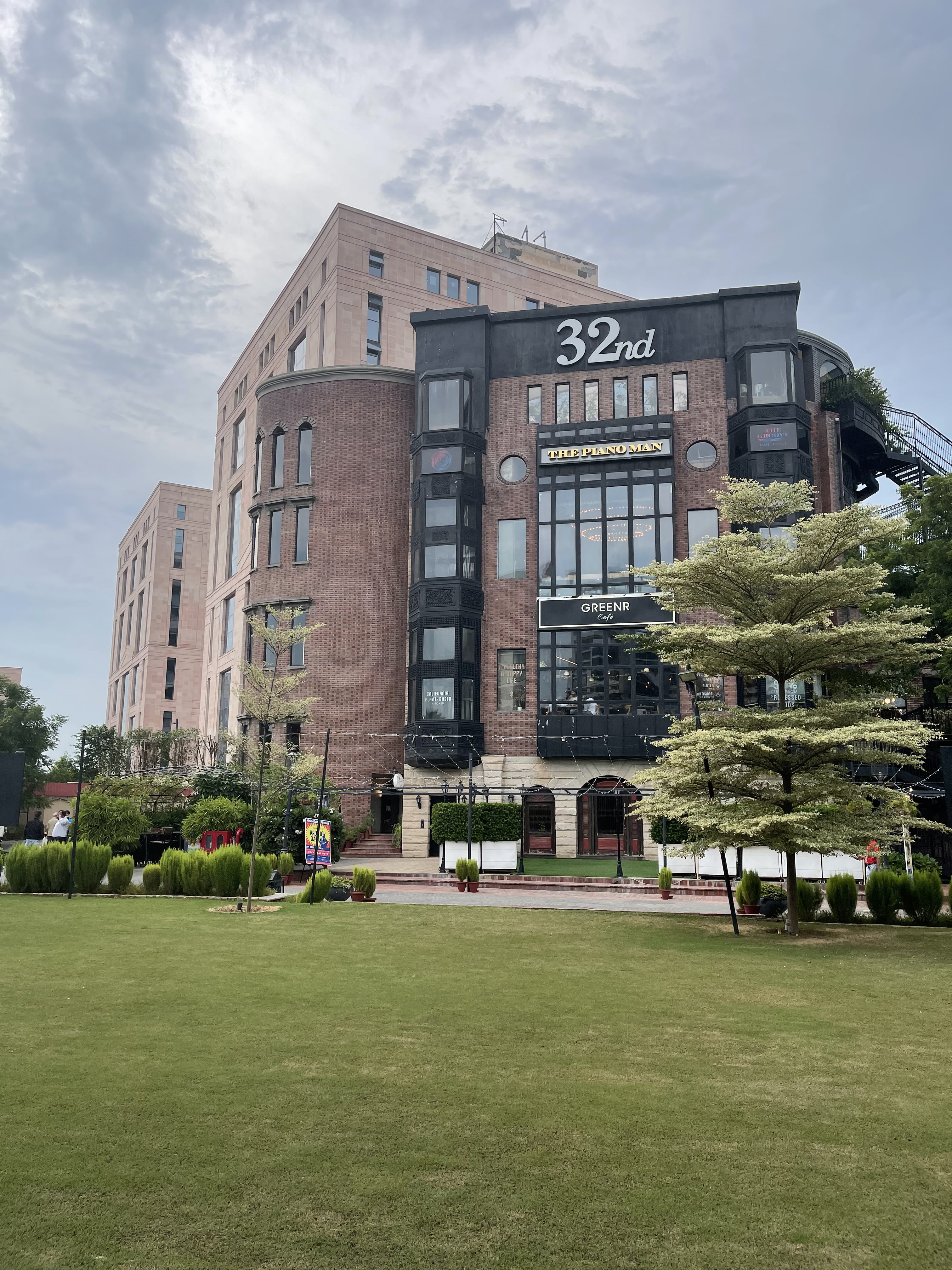

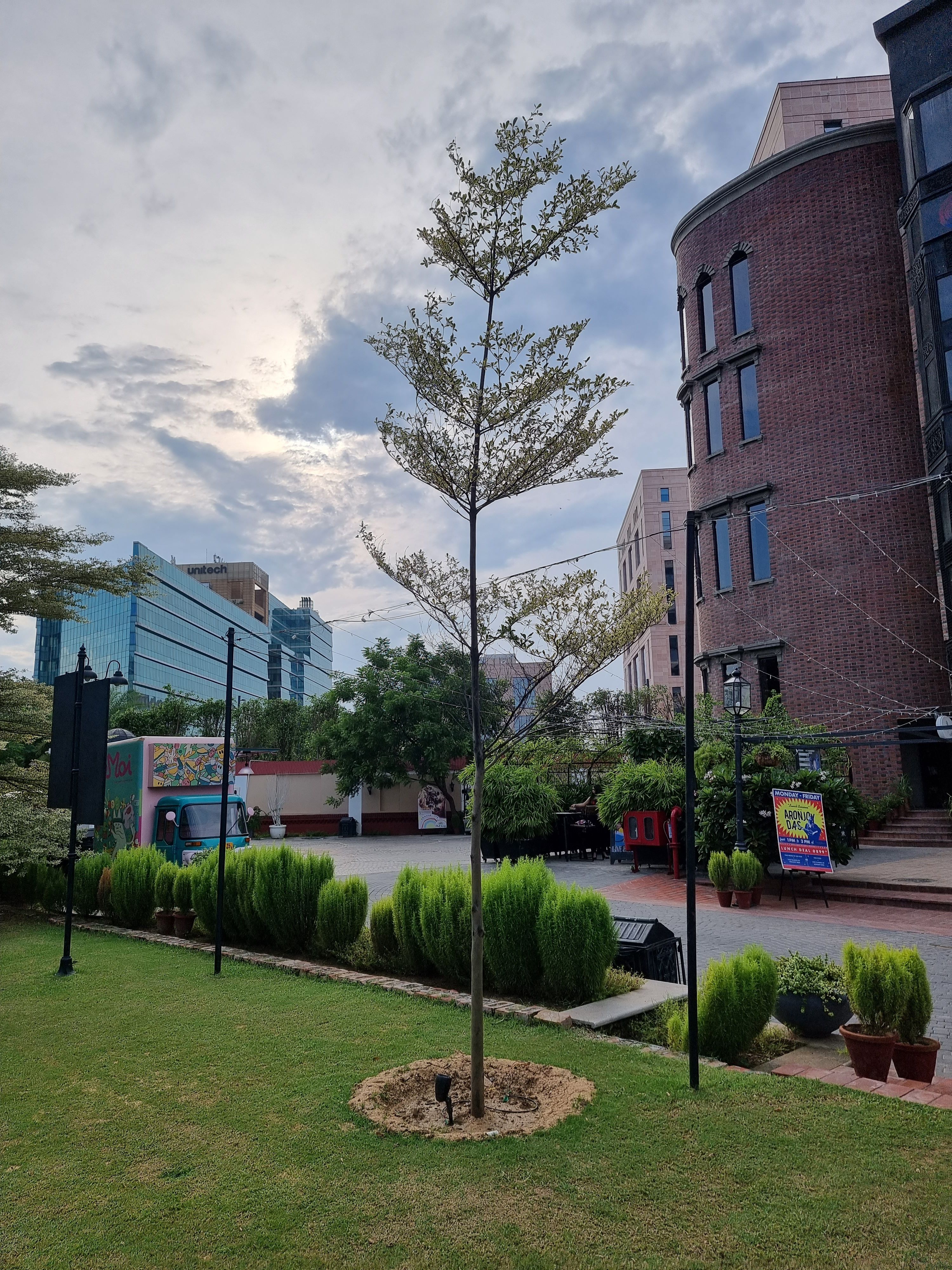
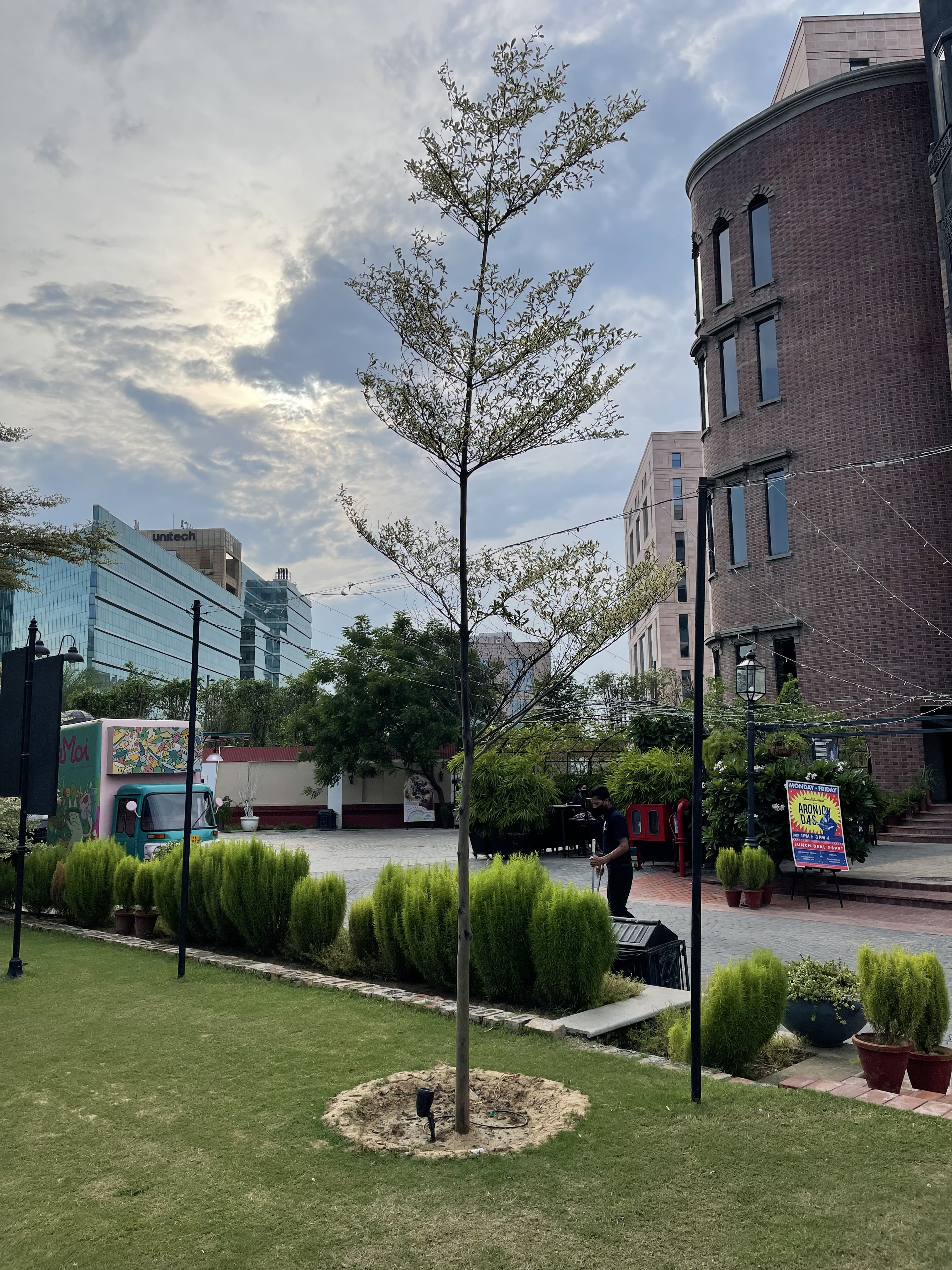
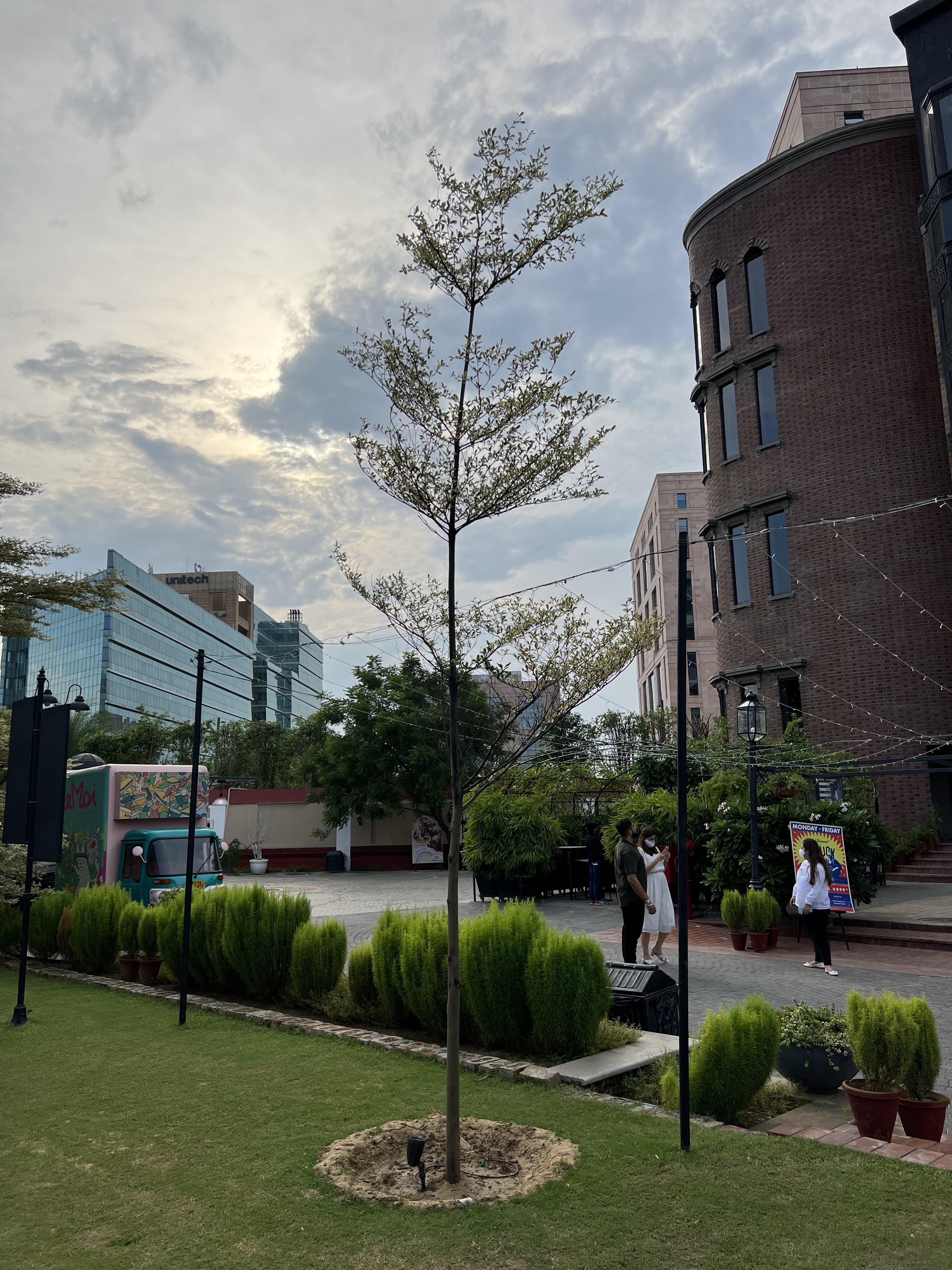
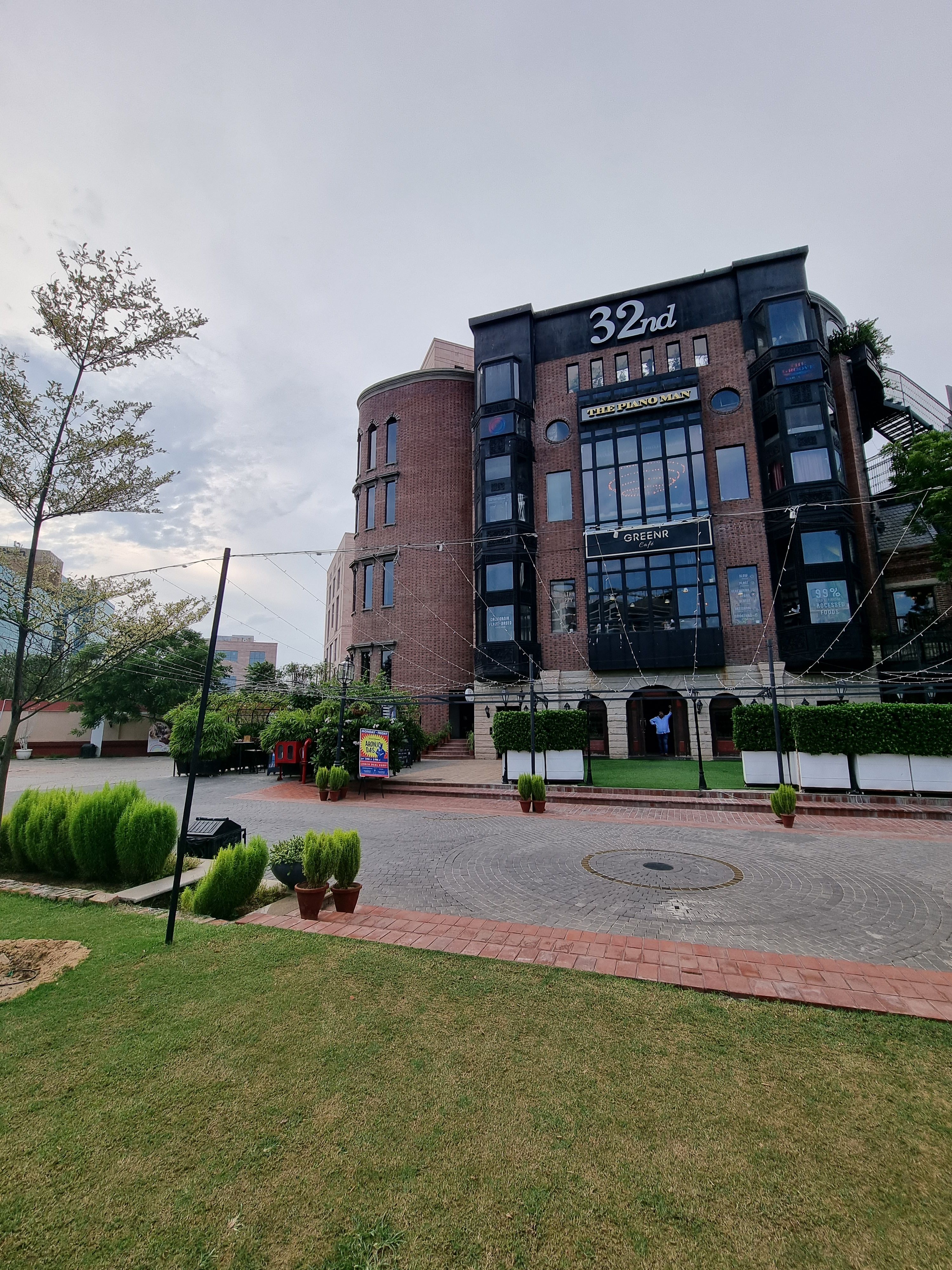
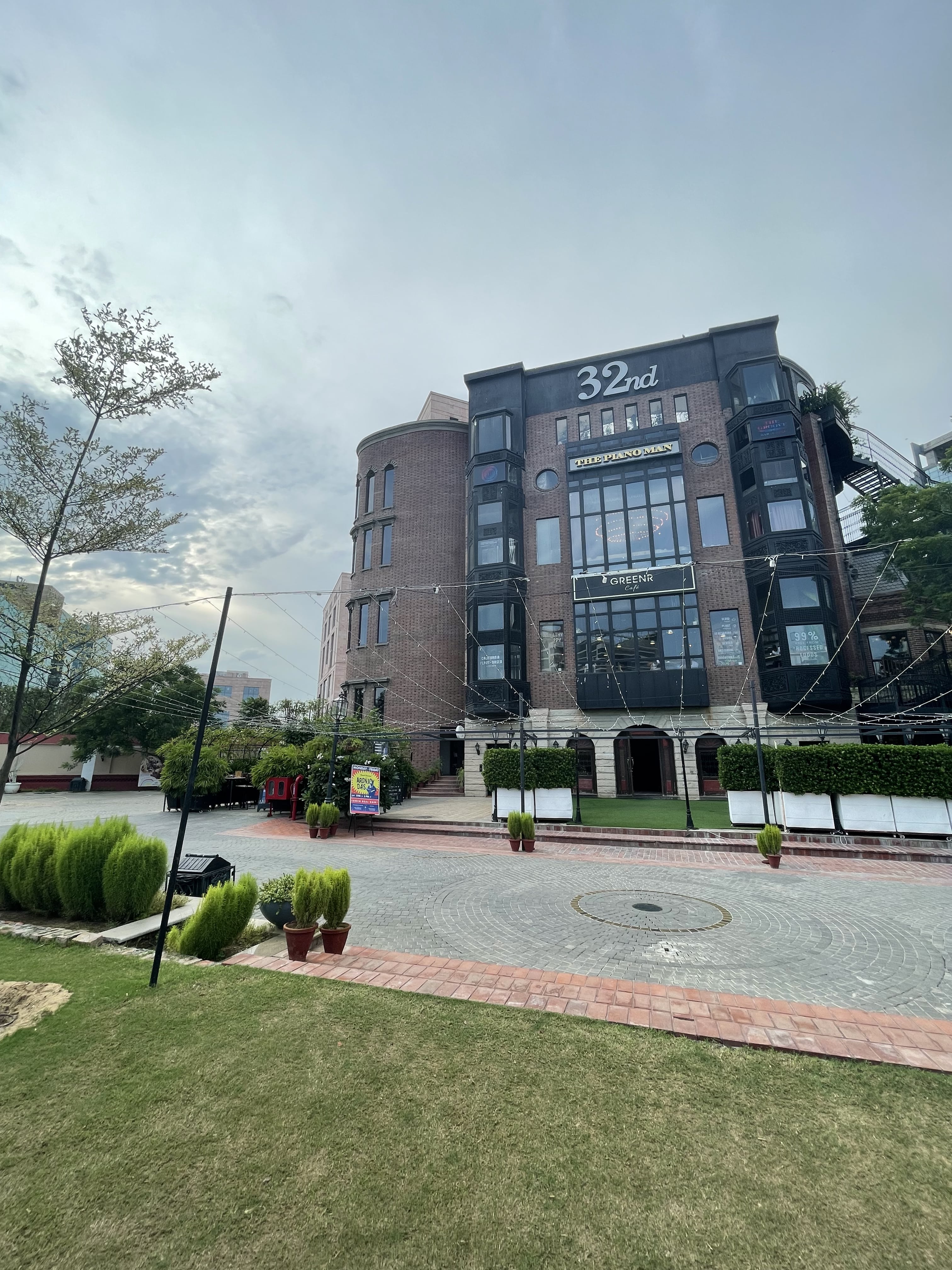
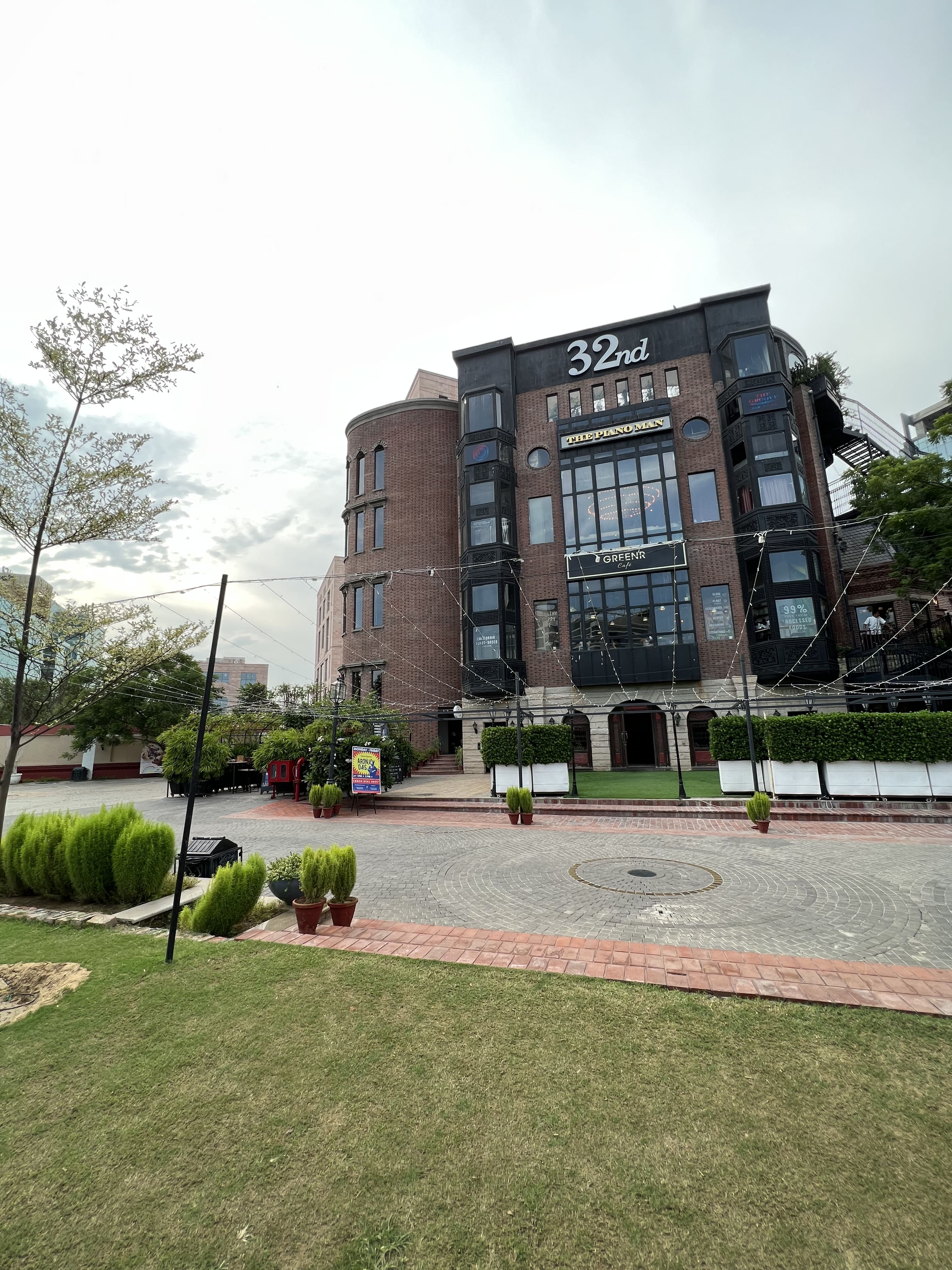

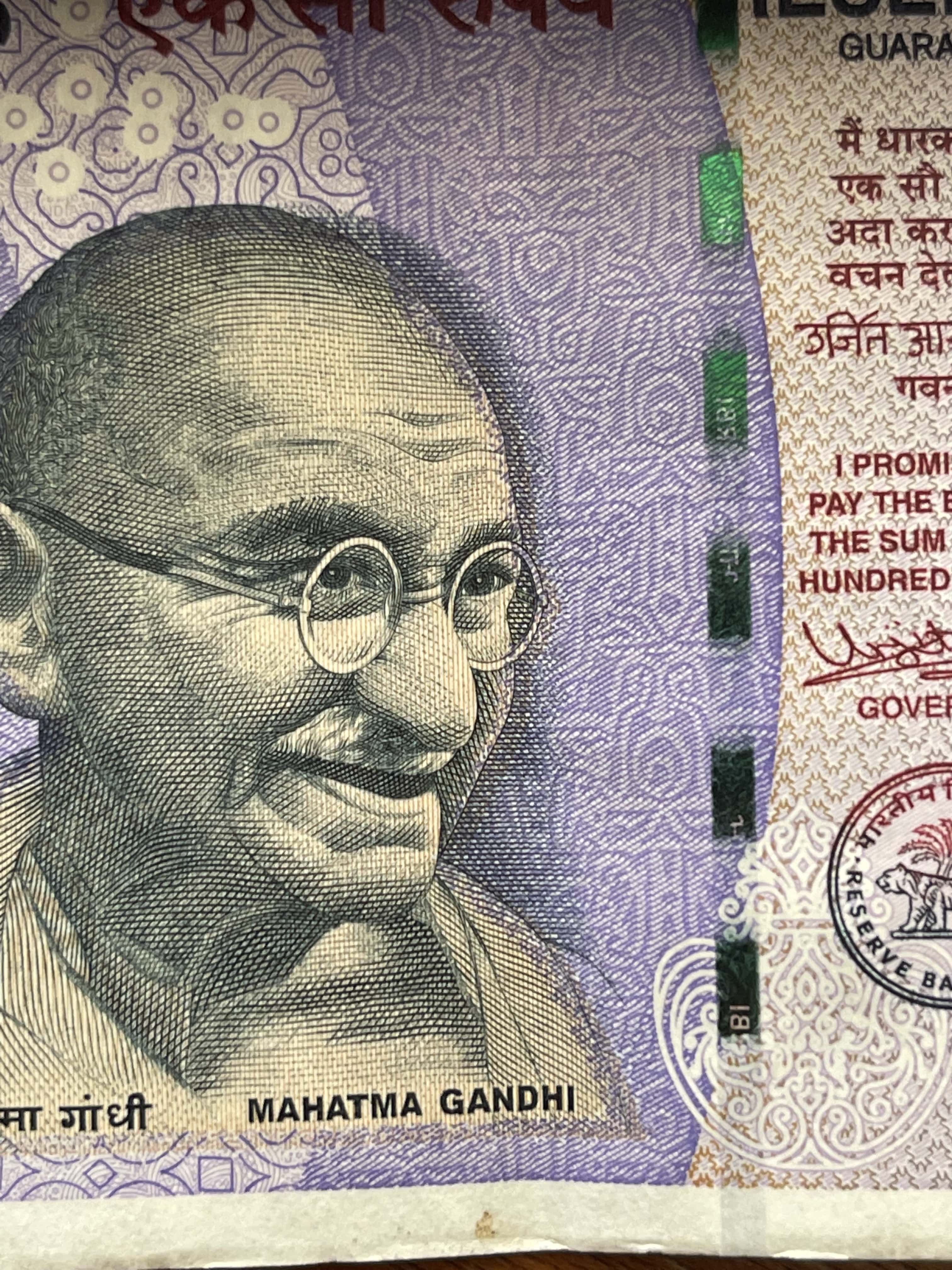
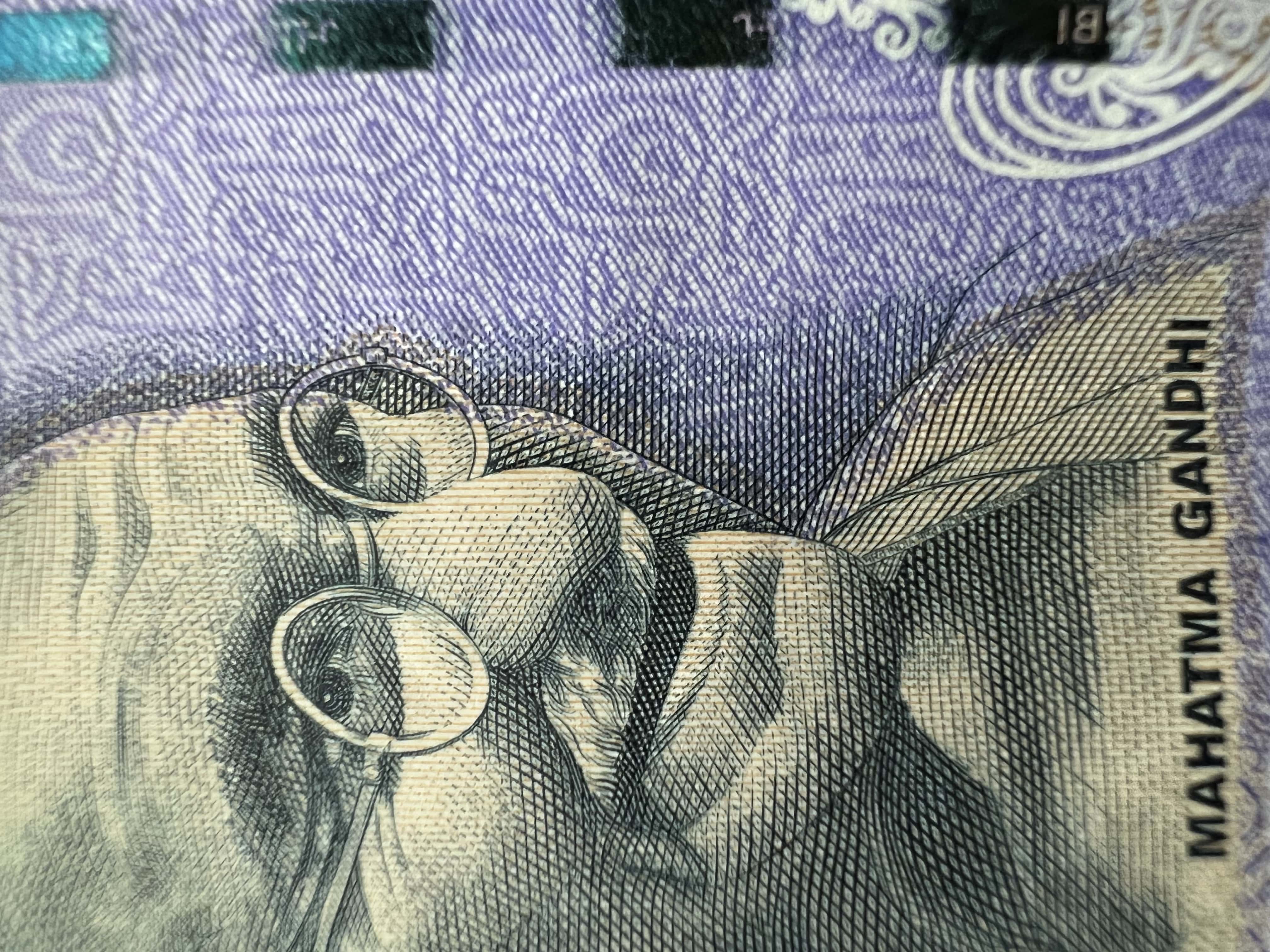

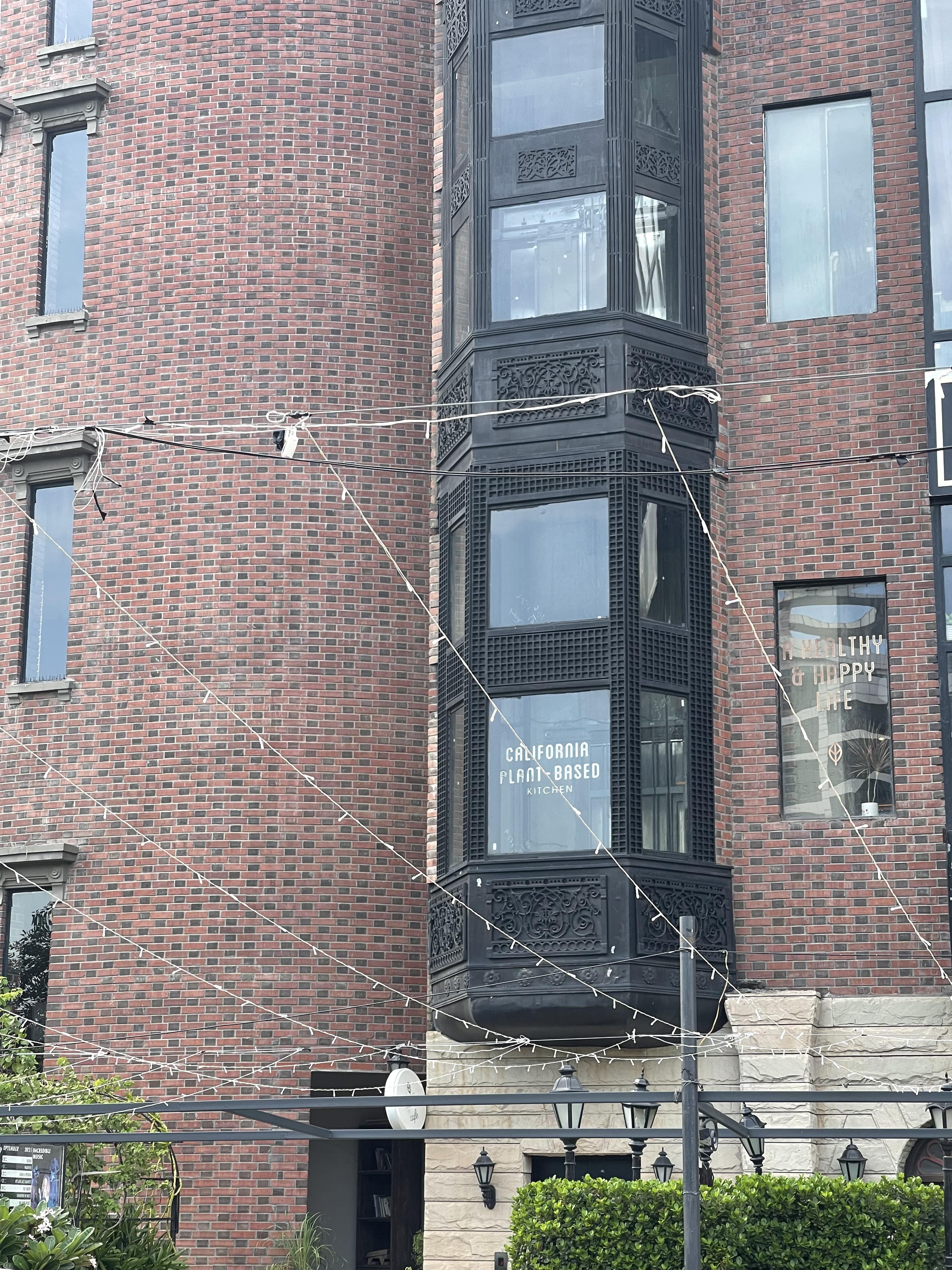
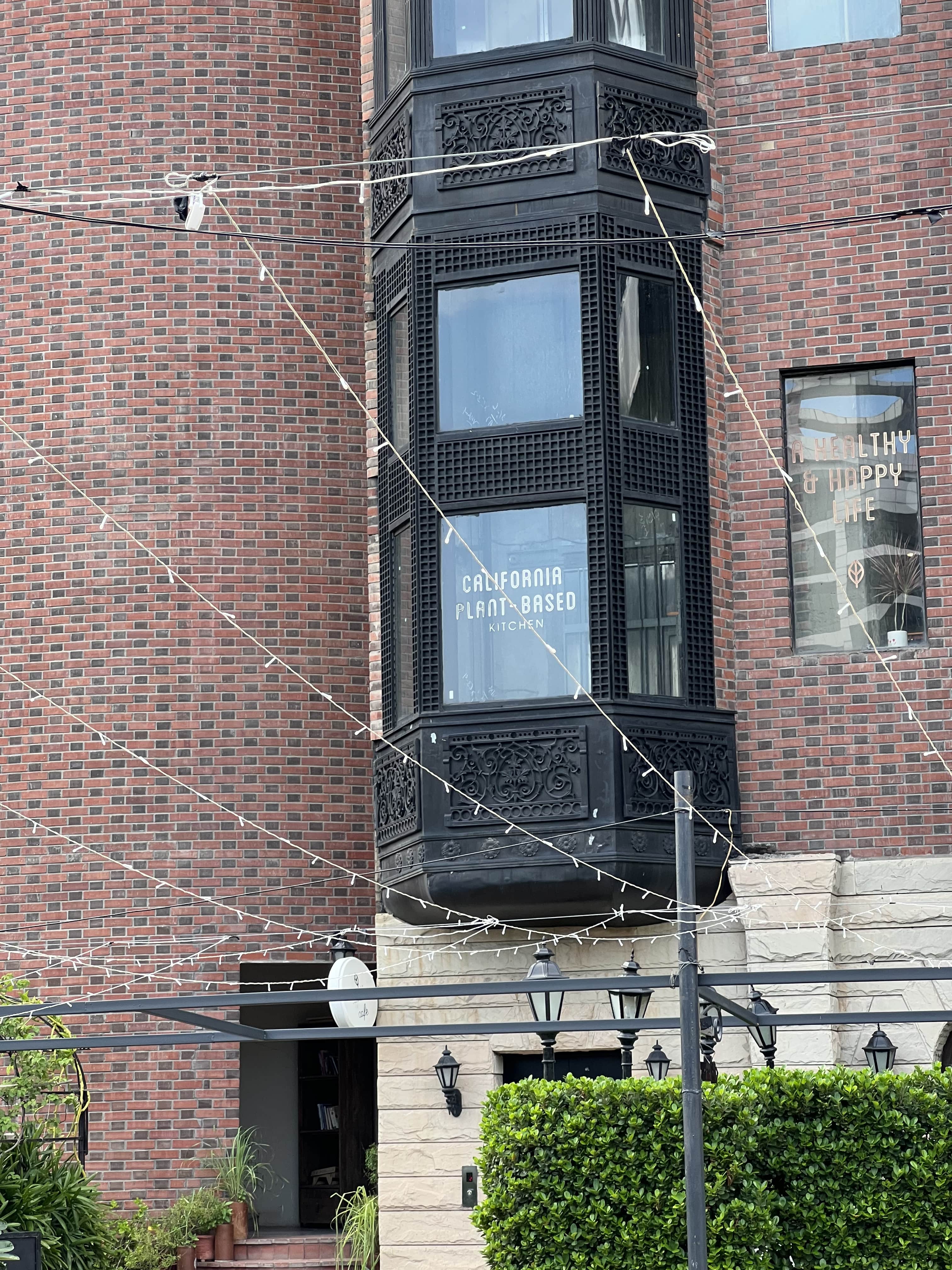

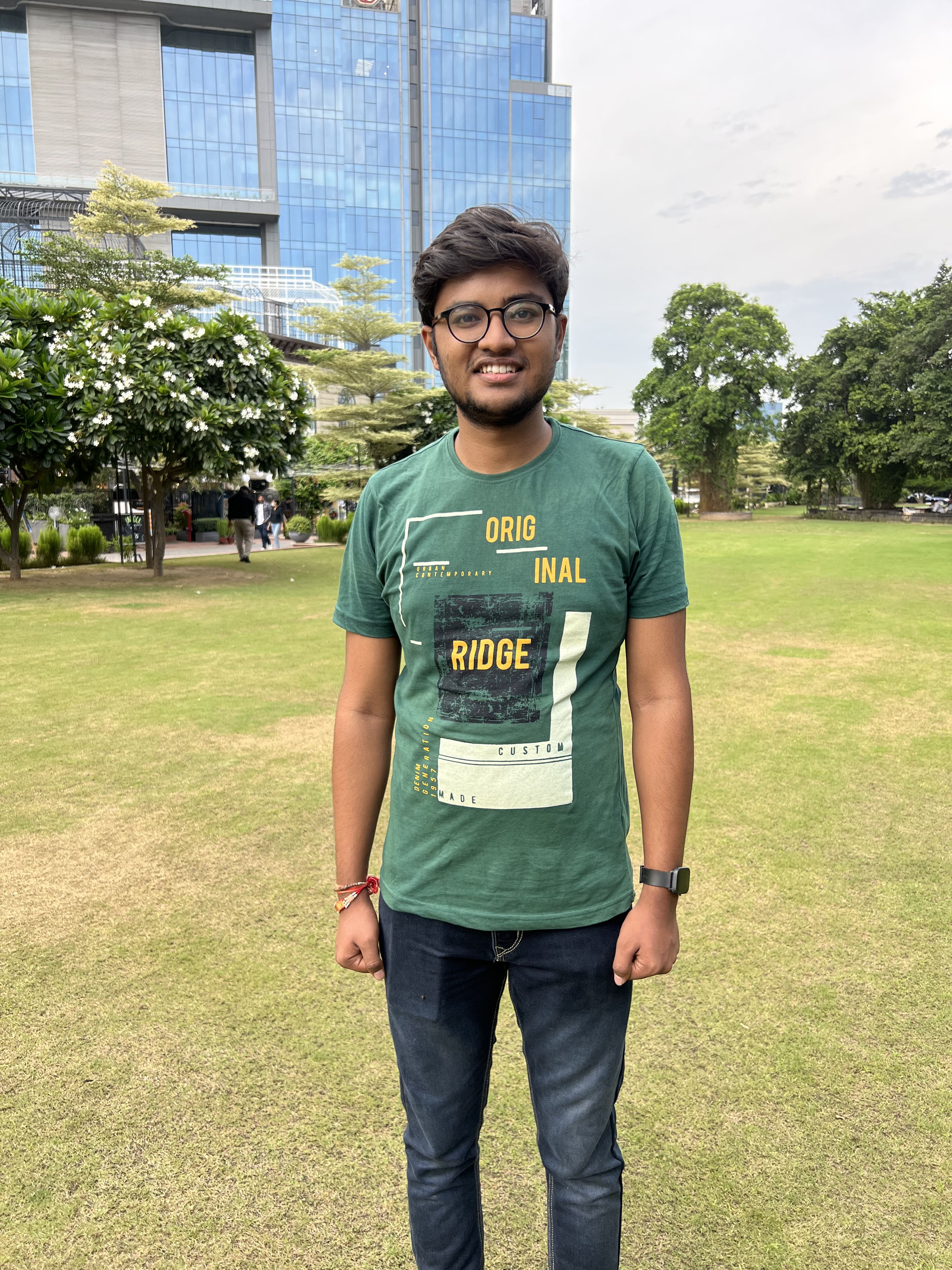

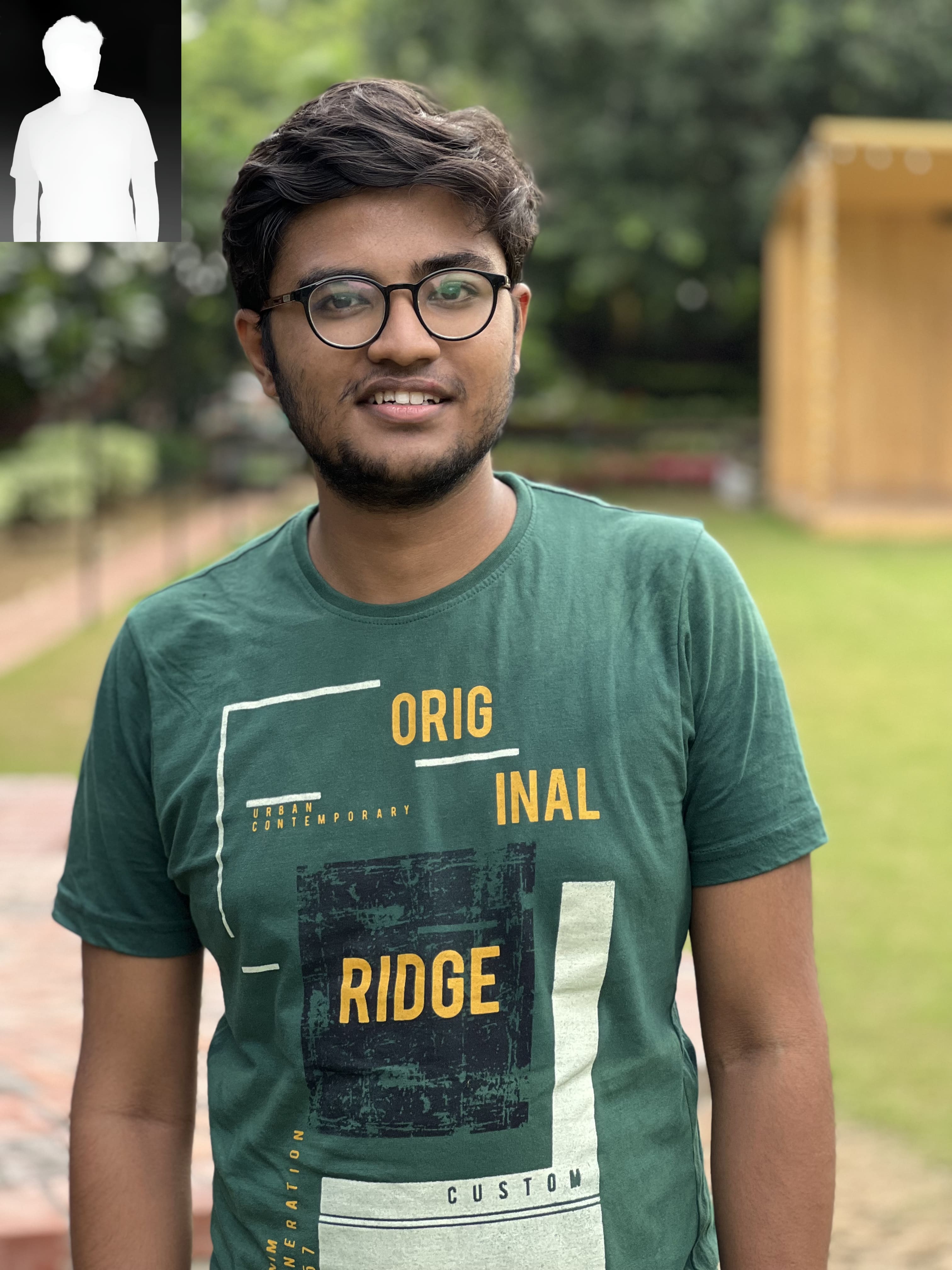

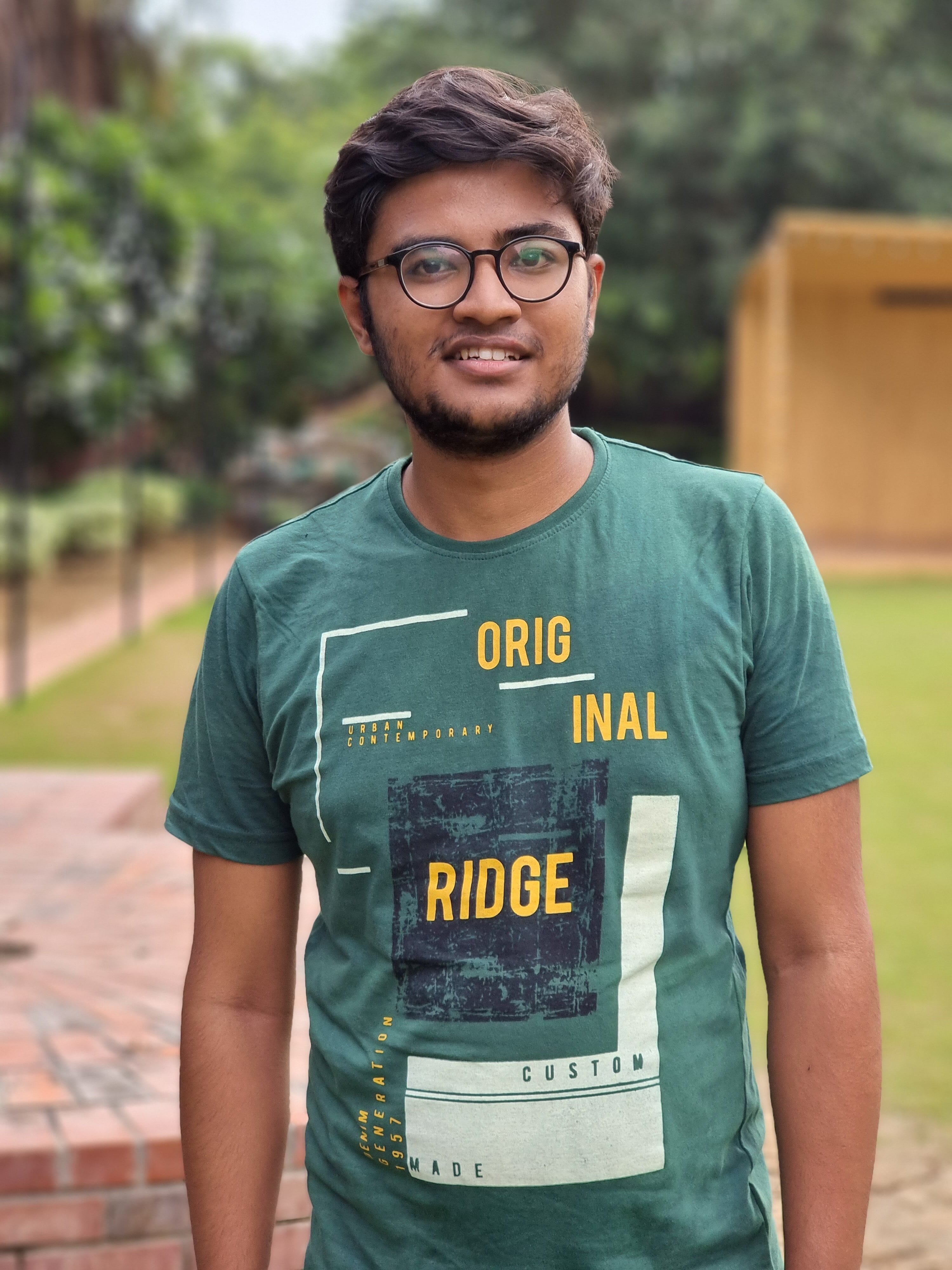







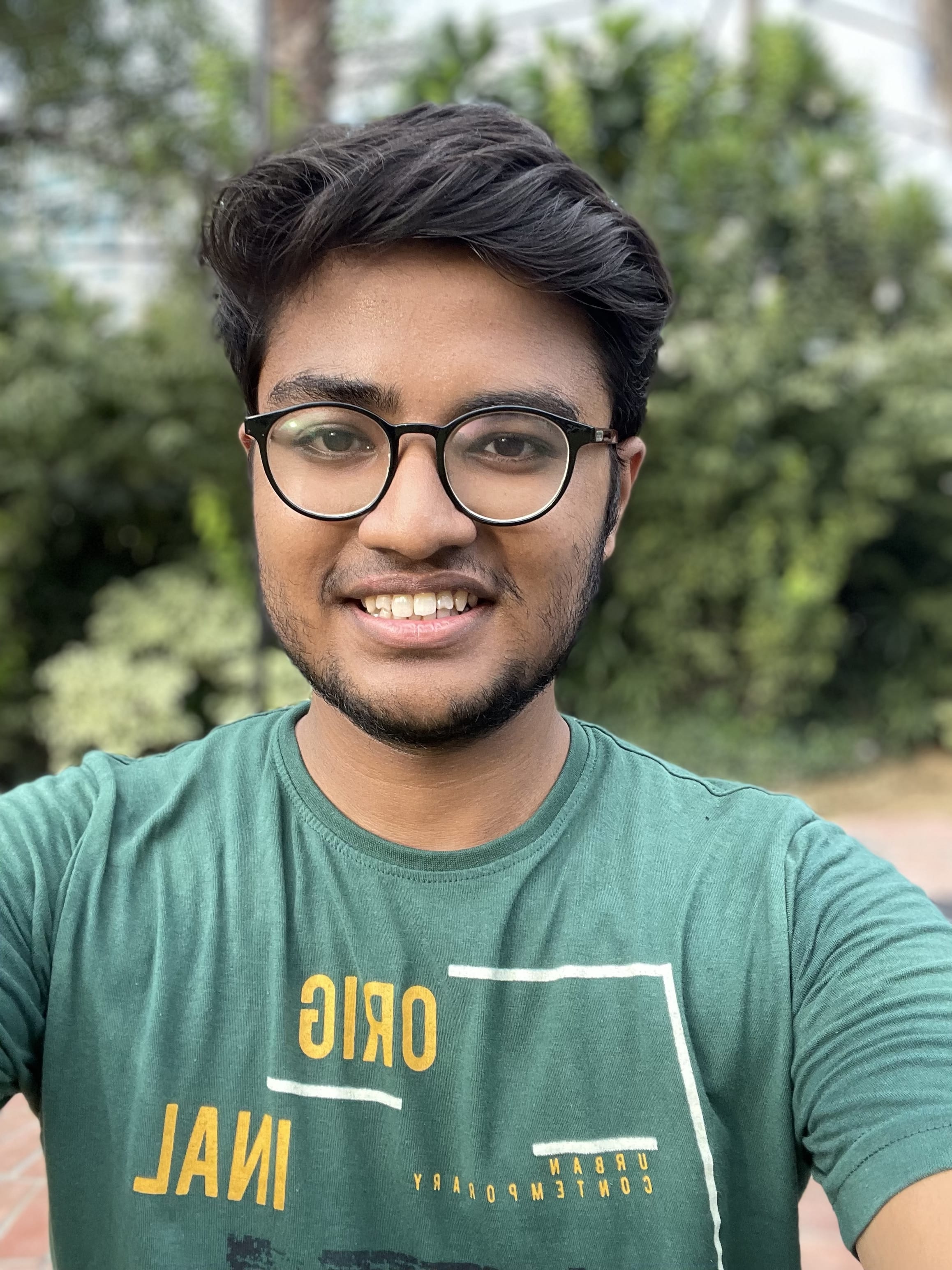

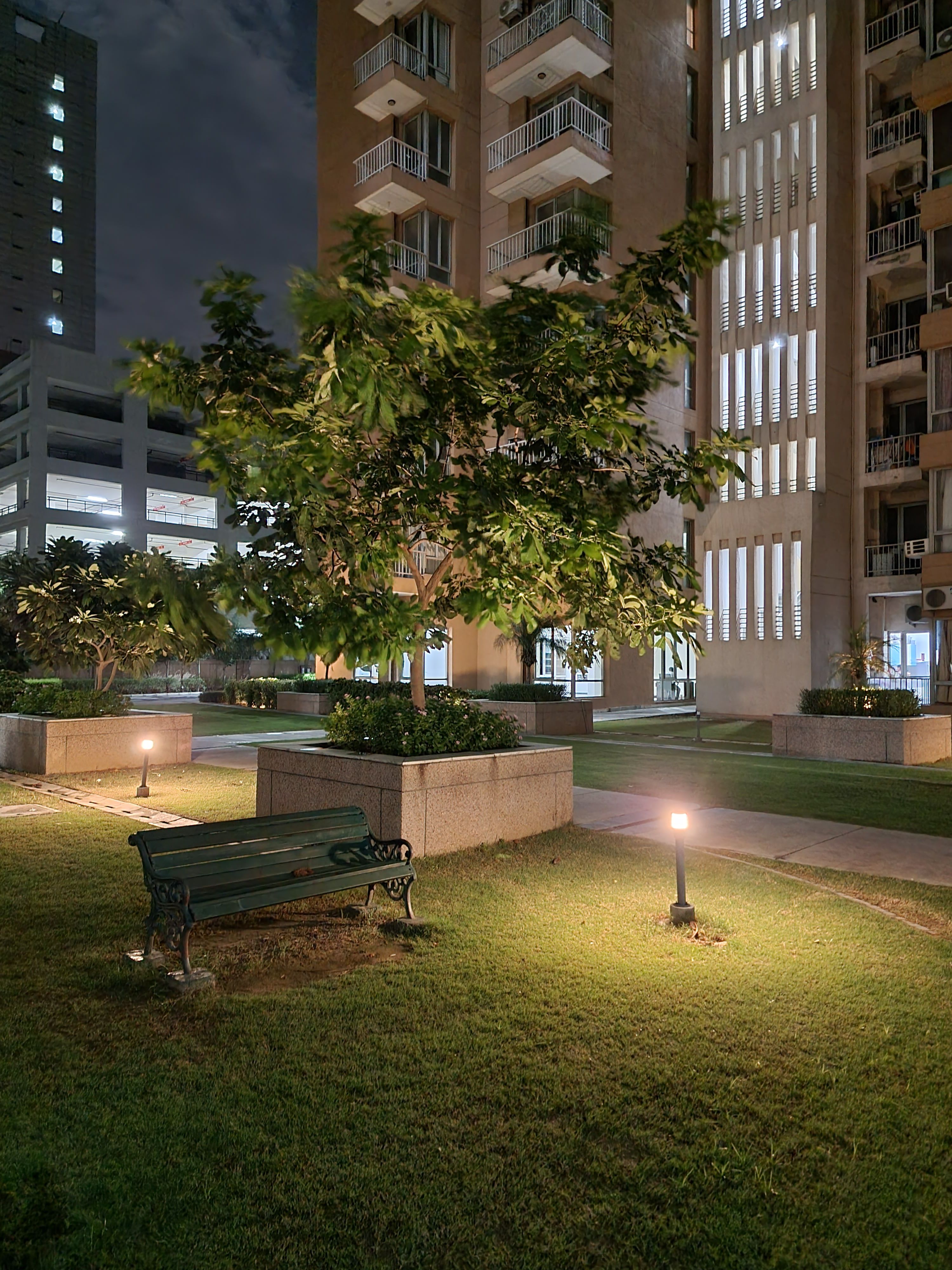
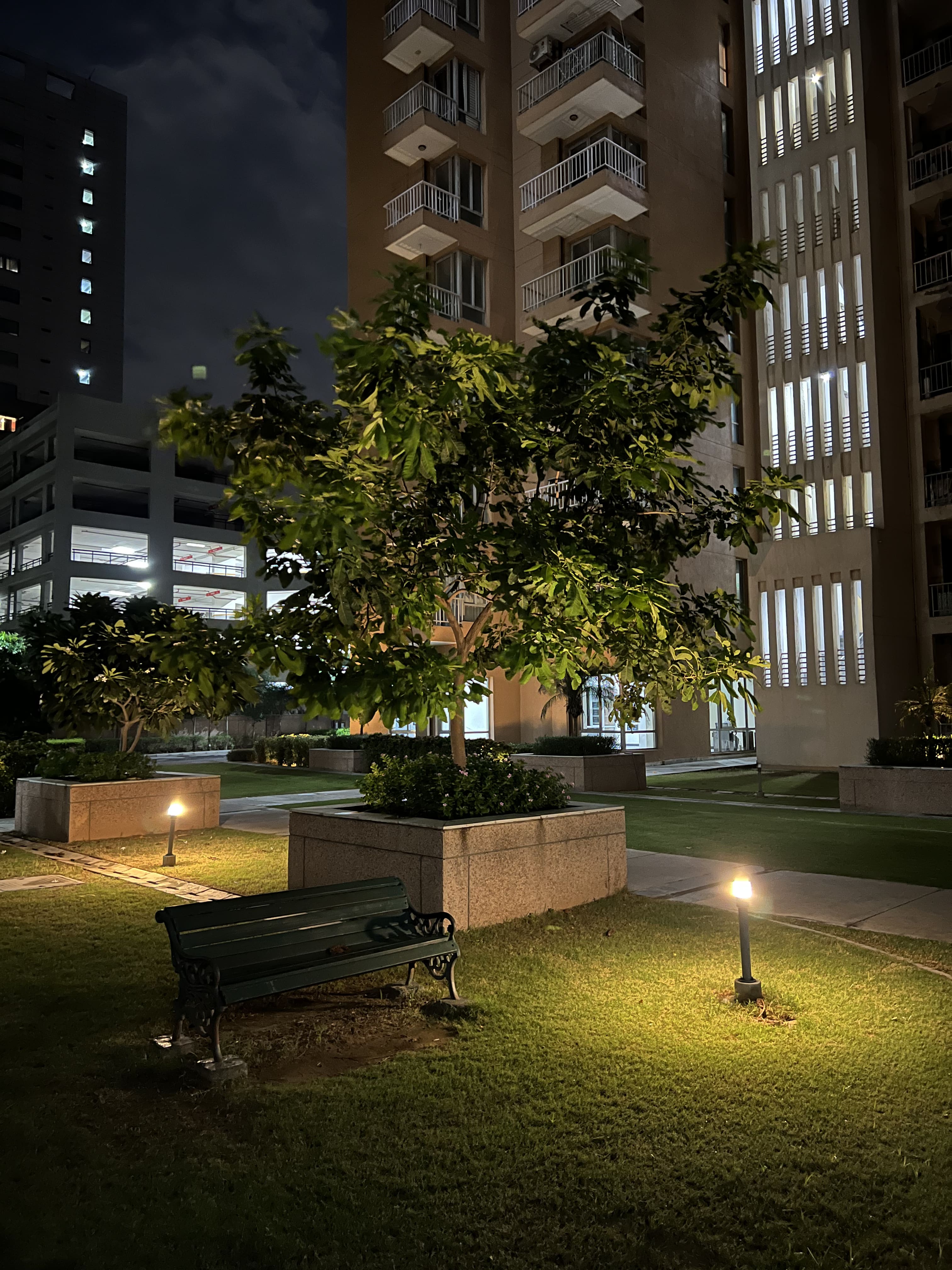
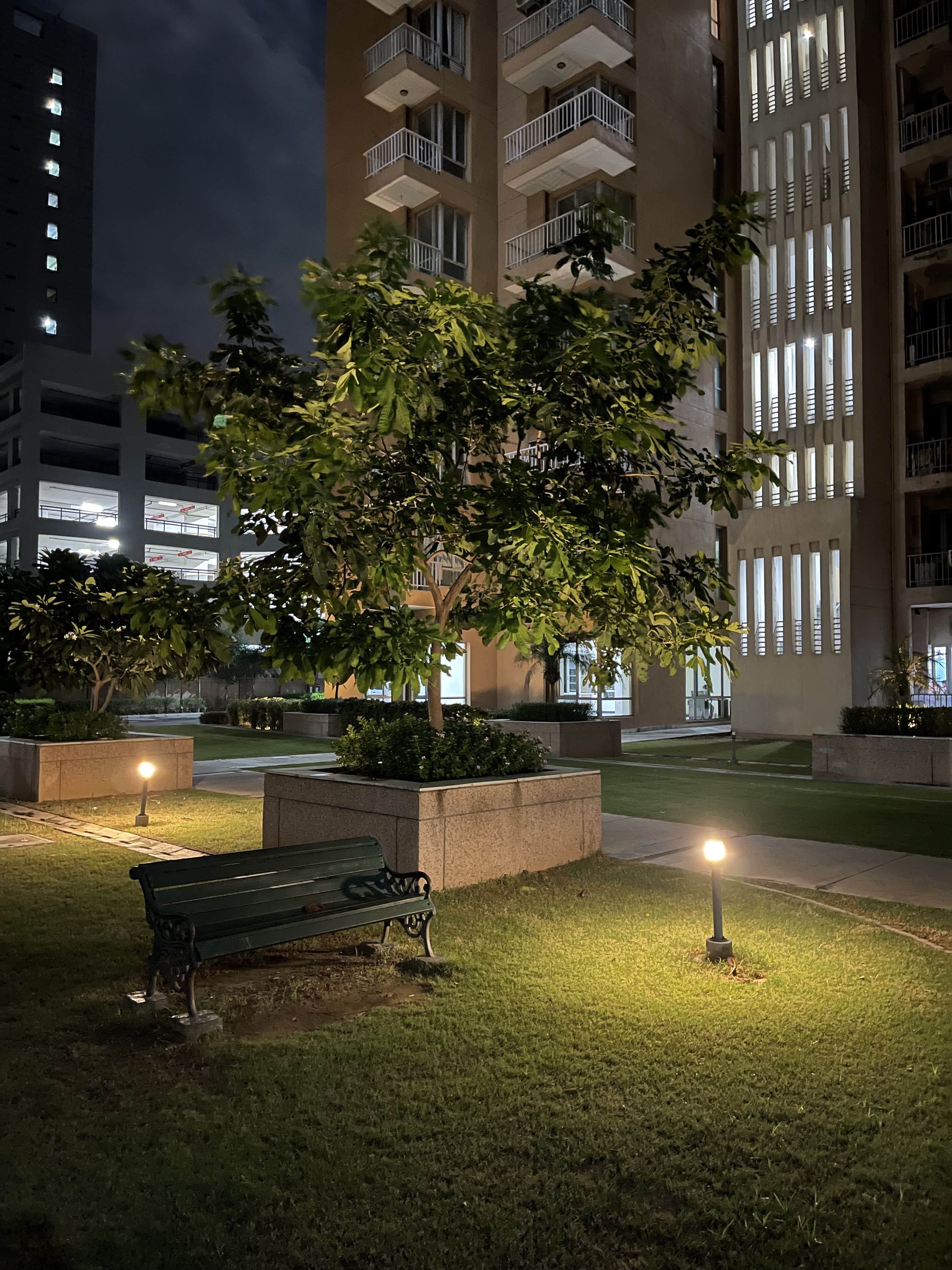
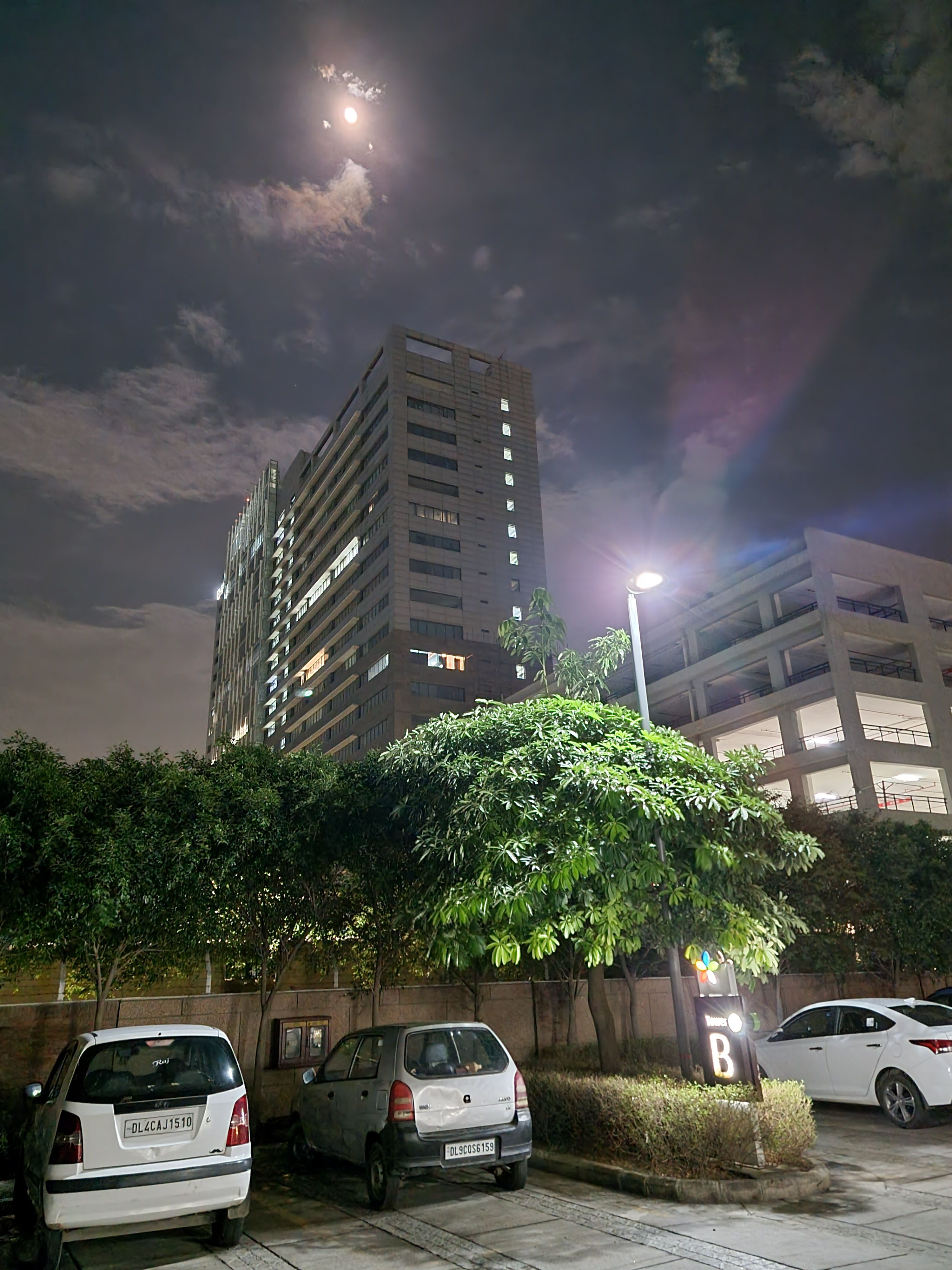
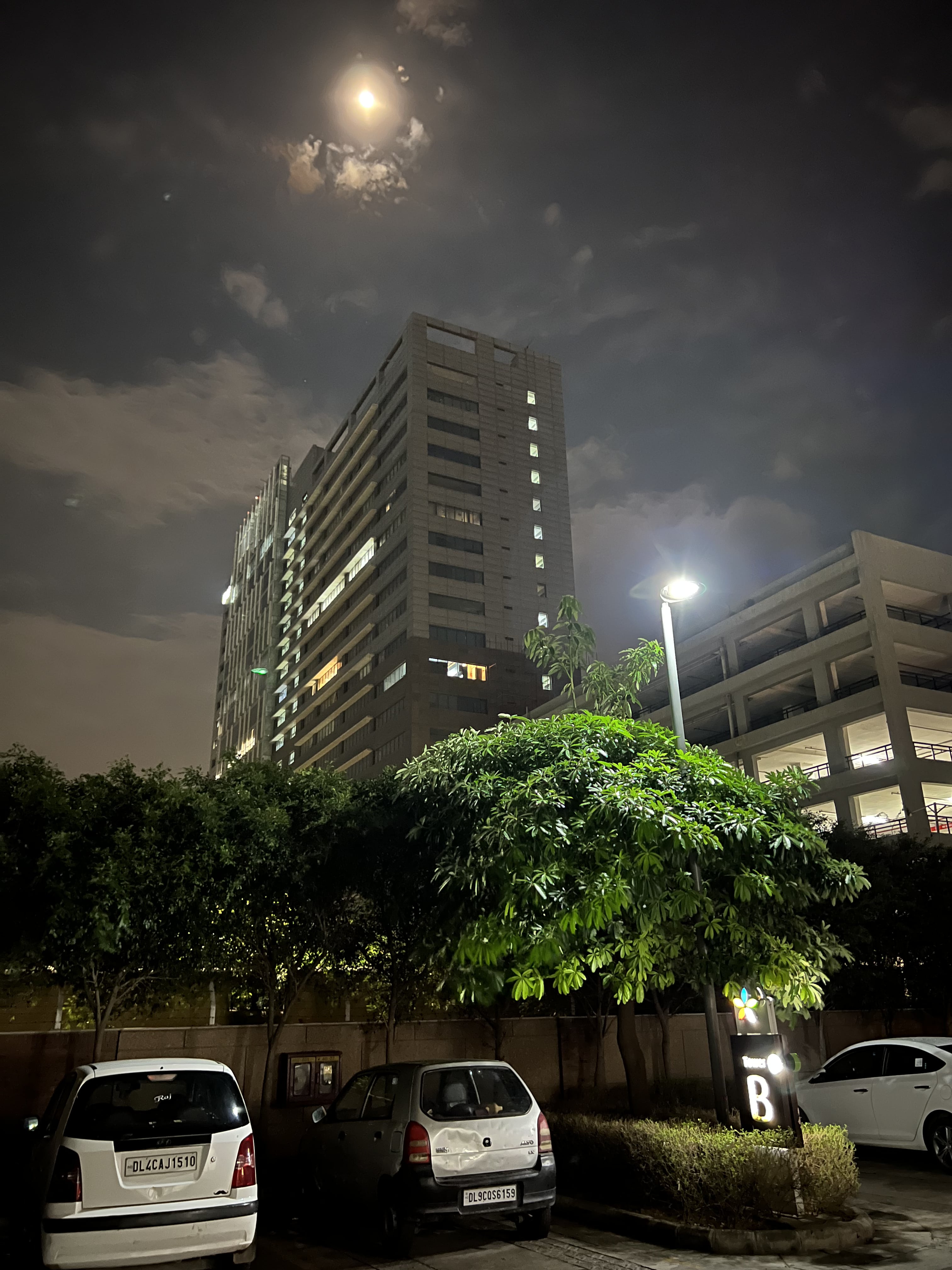
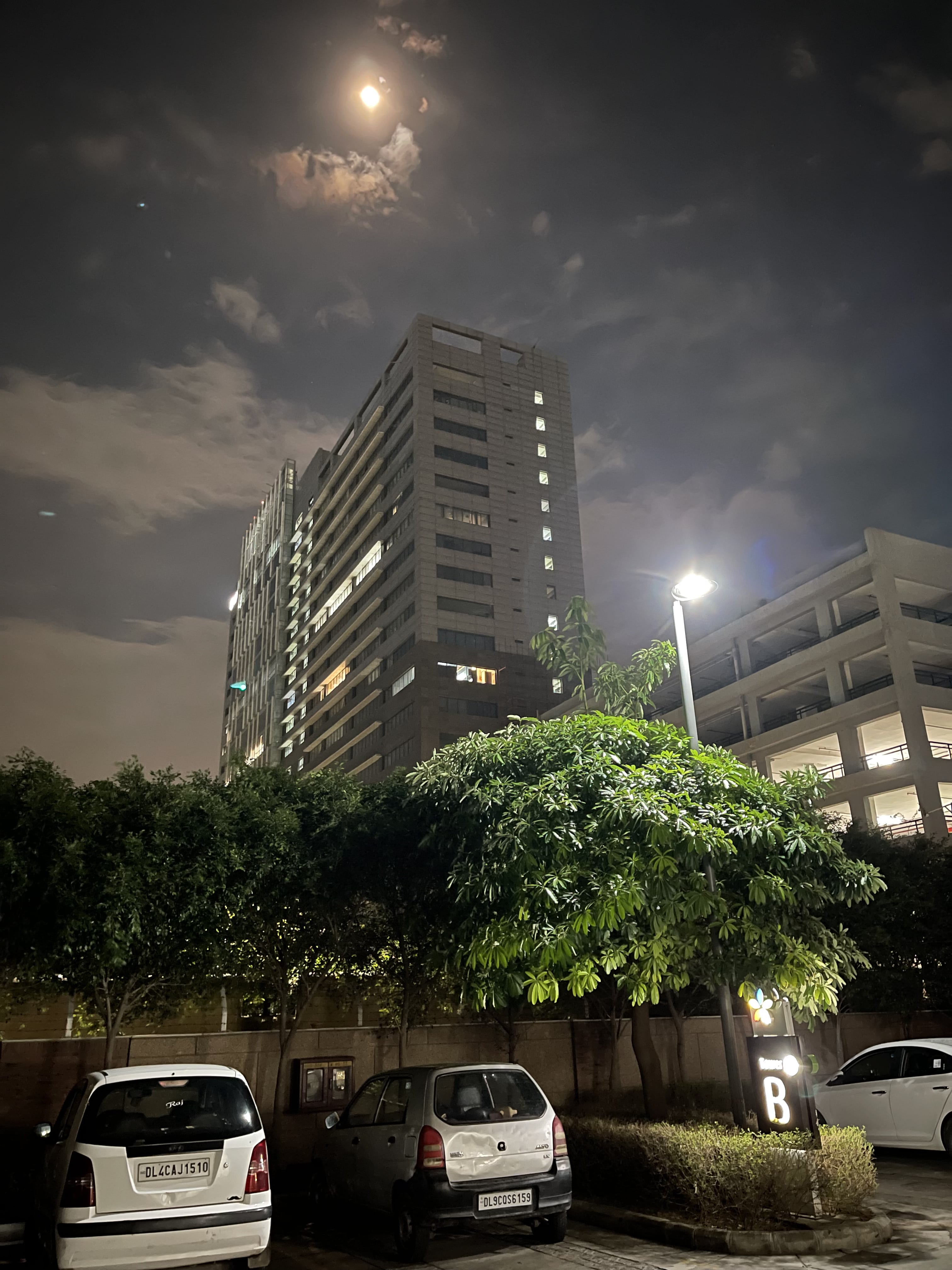
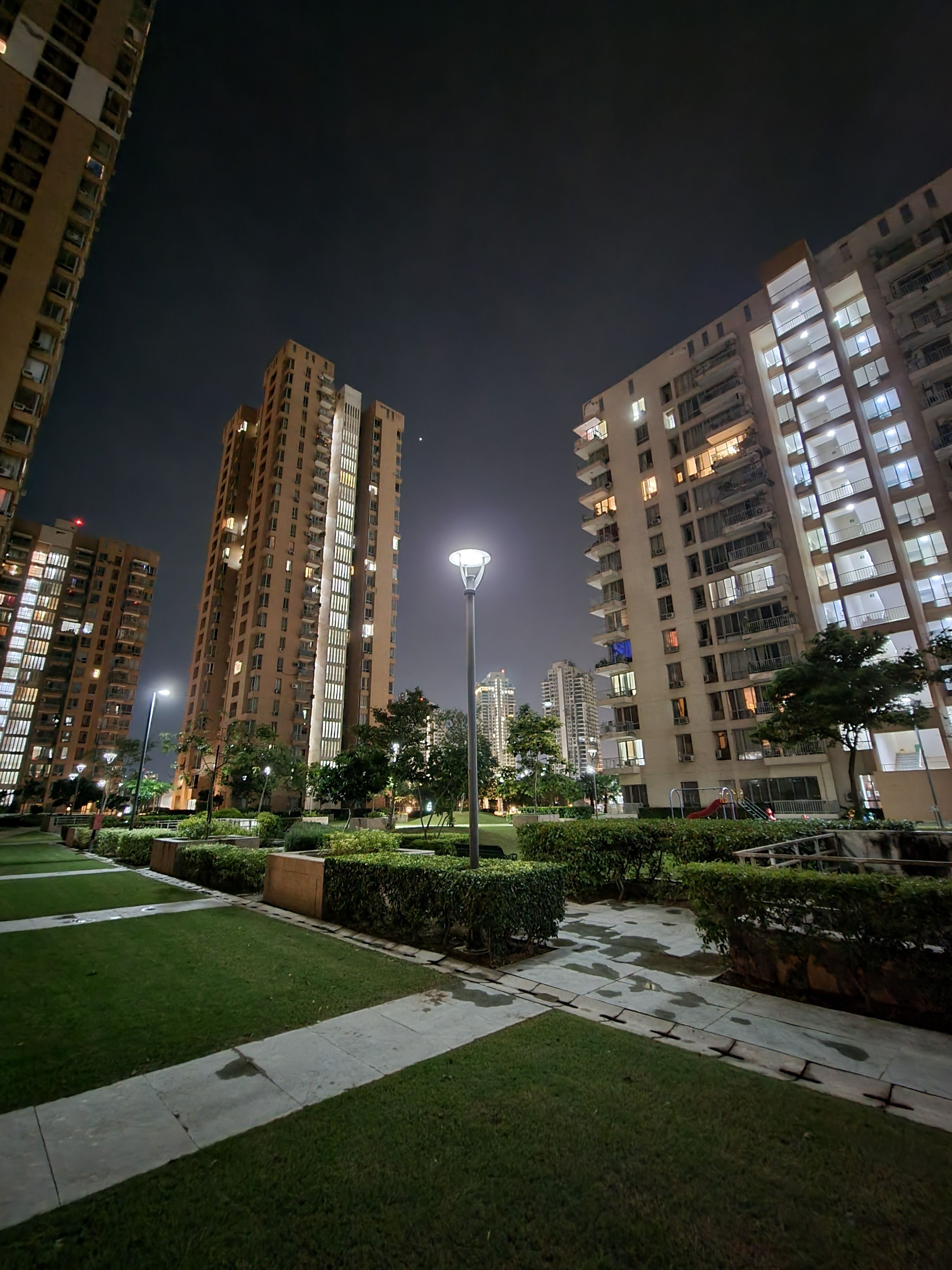

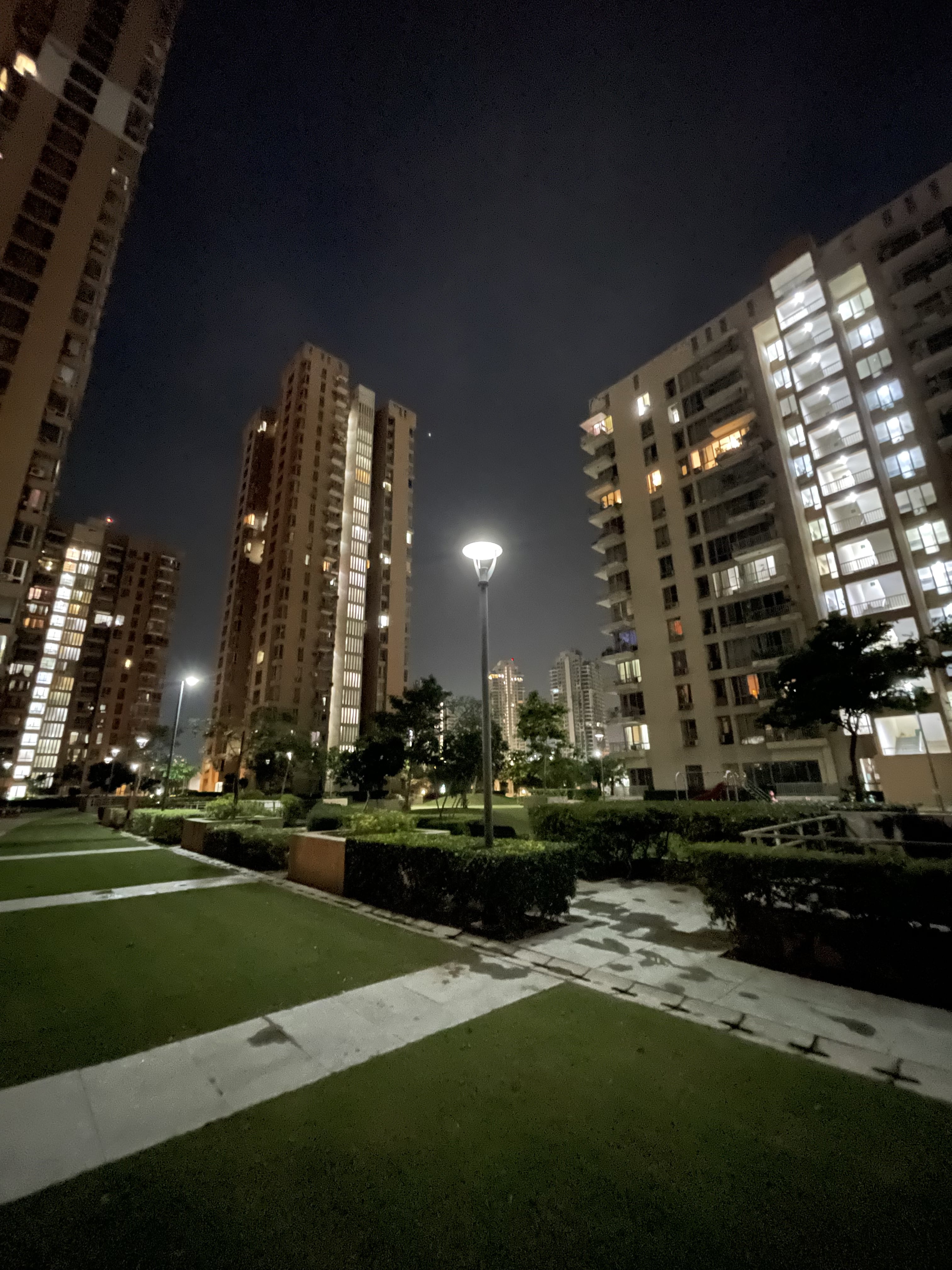
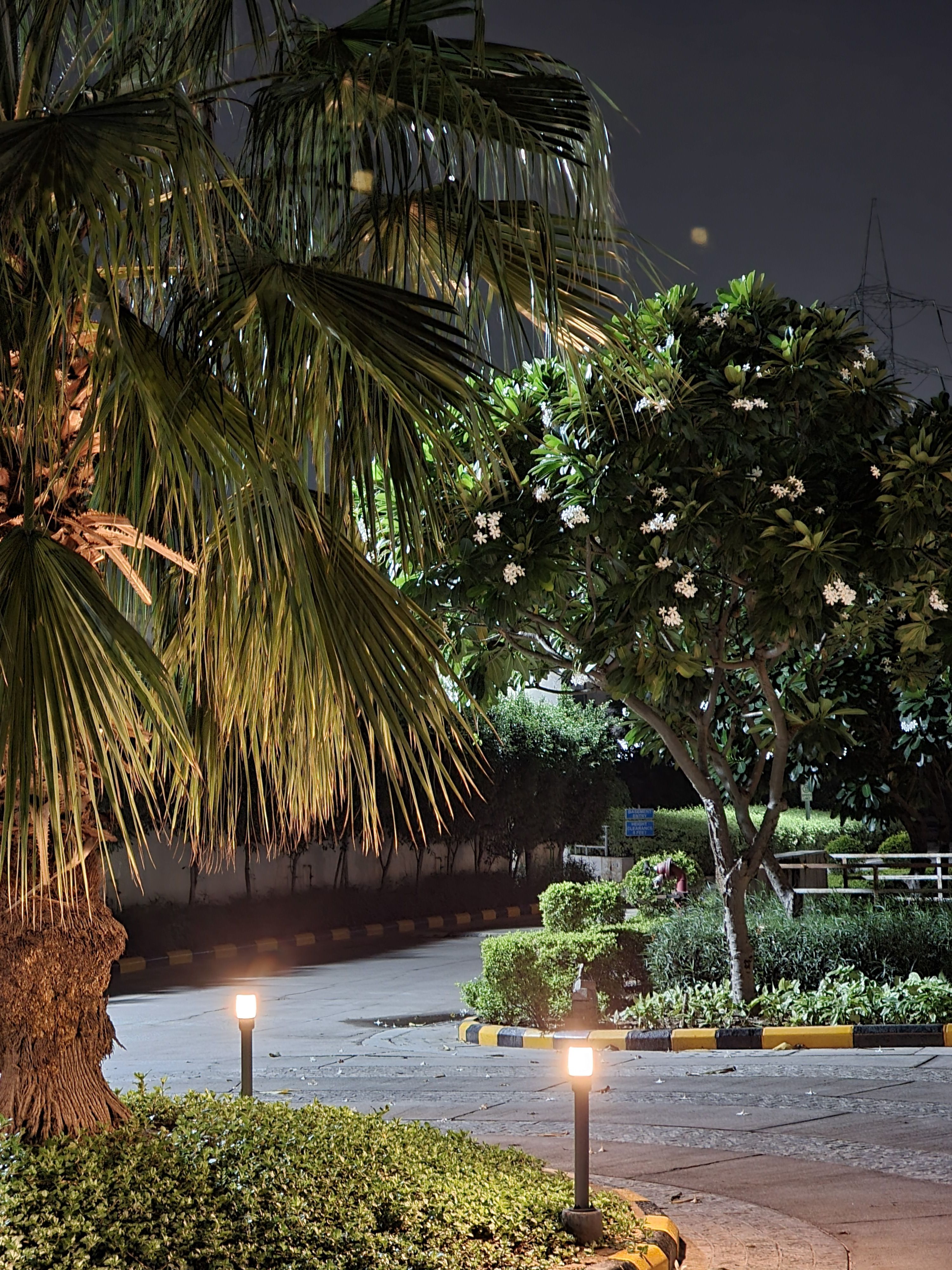
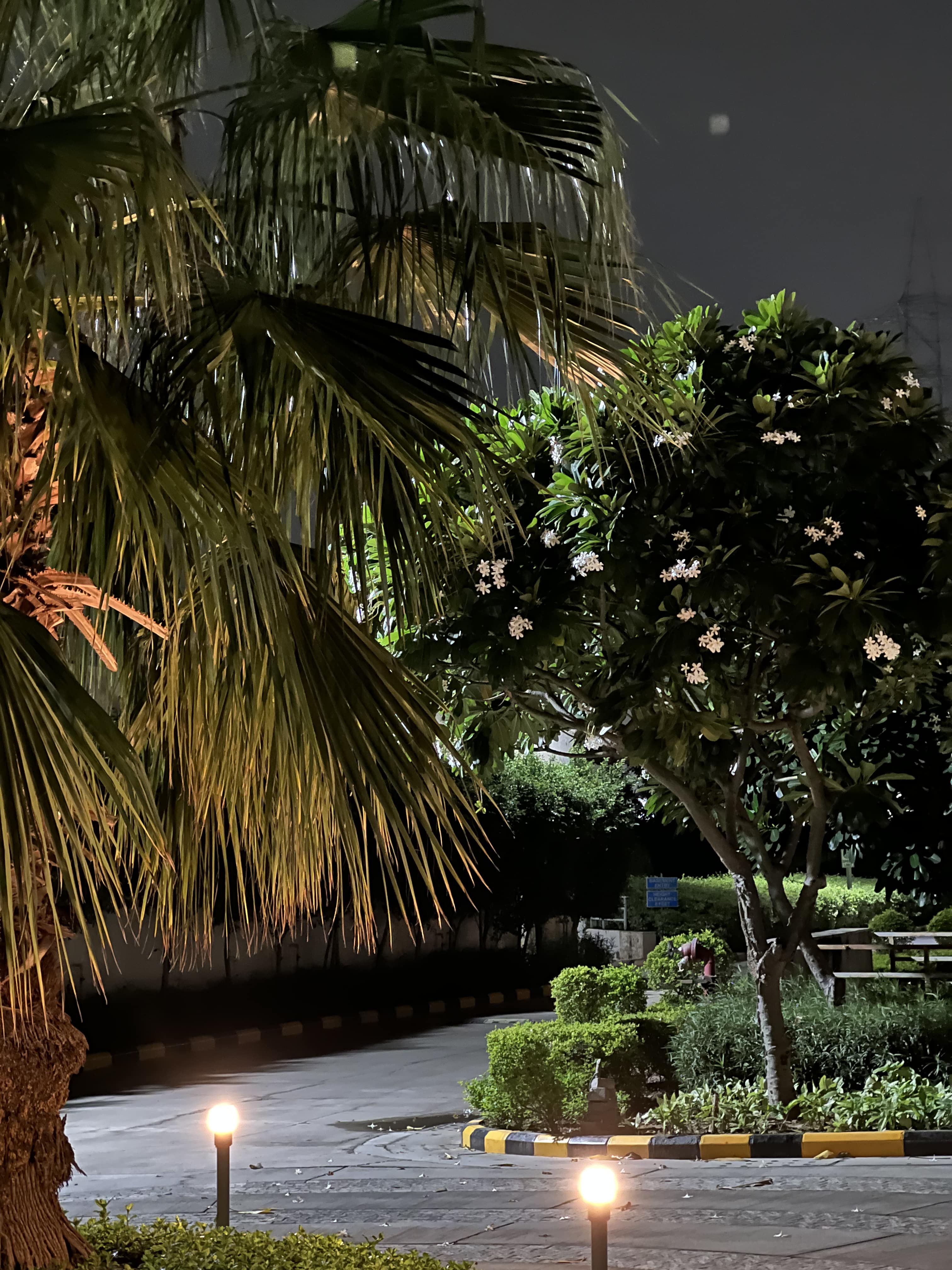
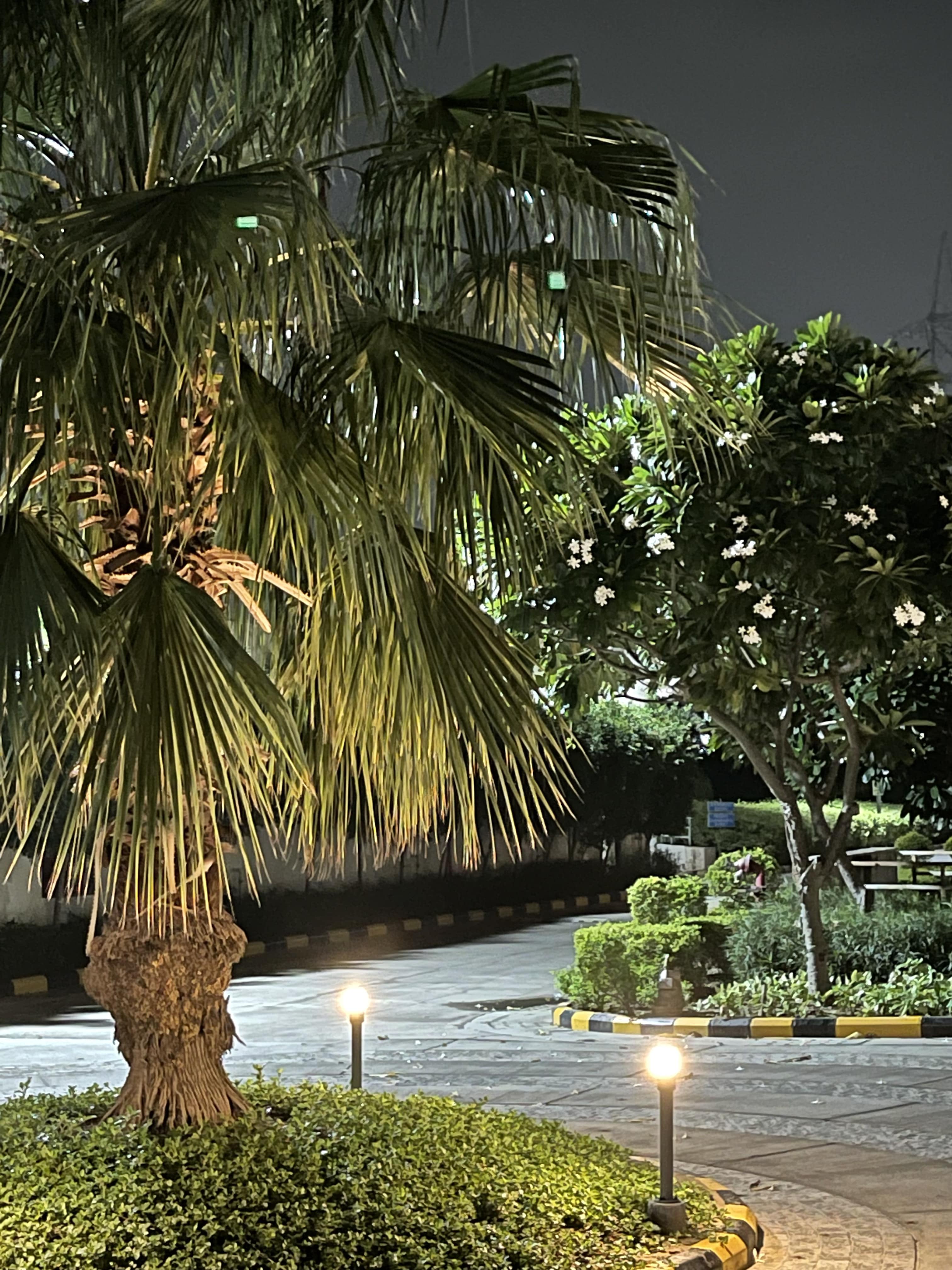
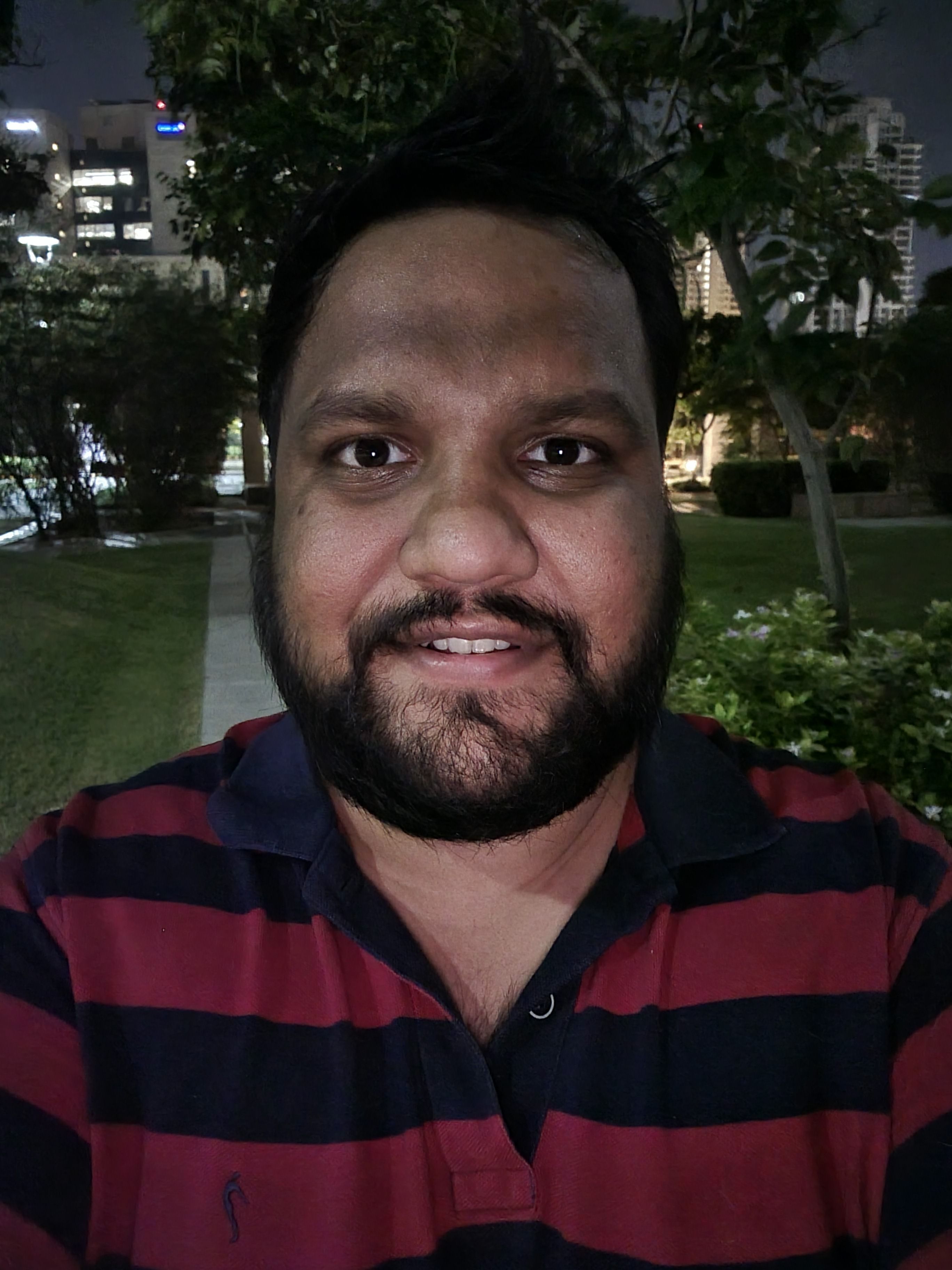
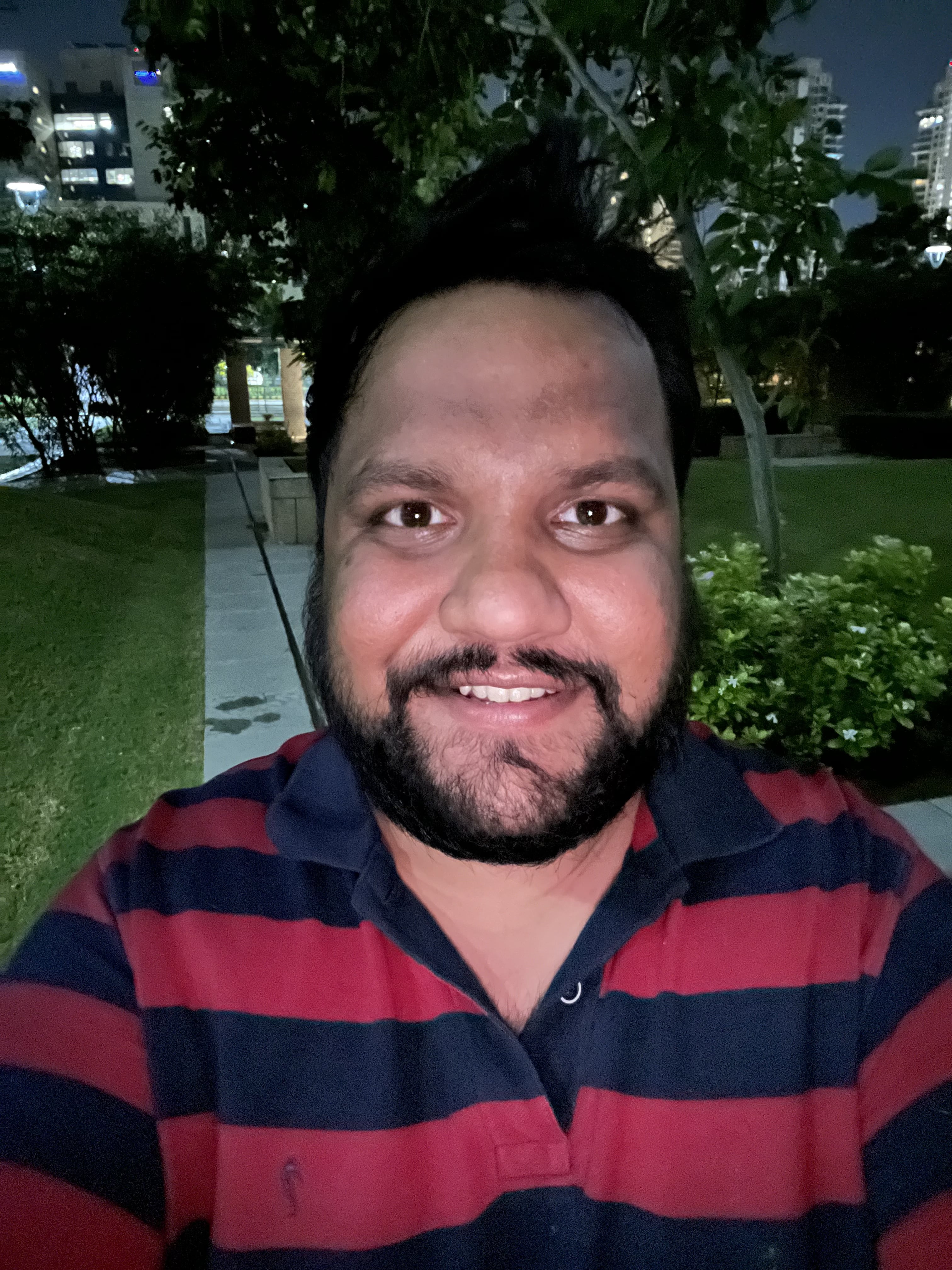
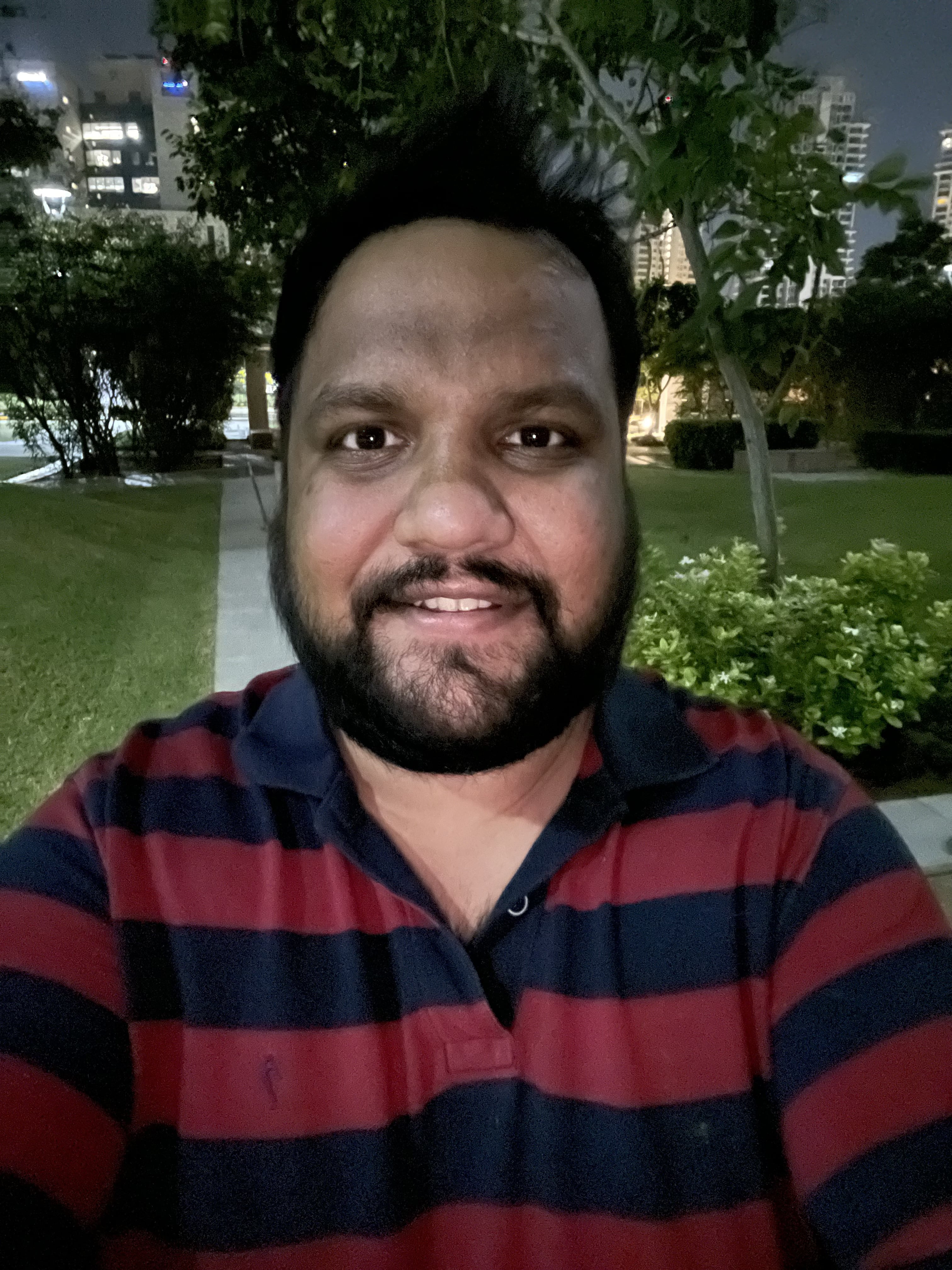
No comments:
Post a Comment